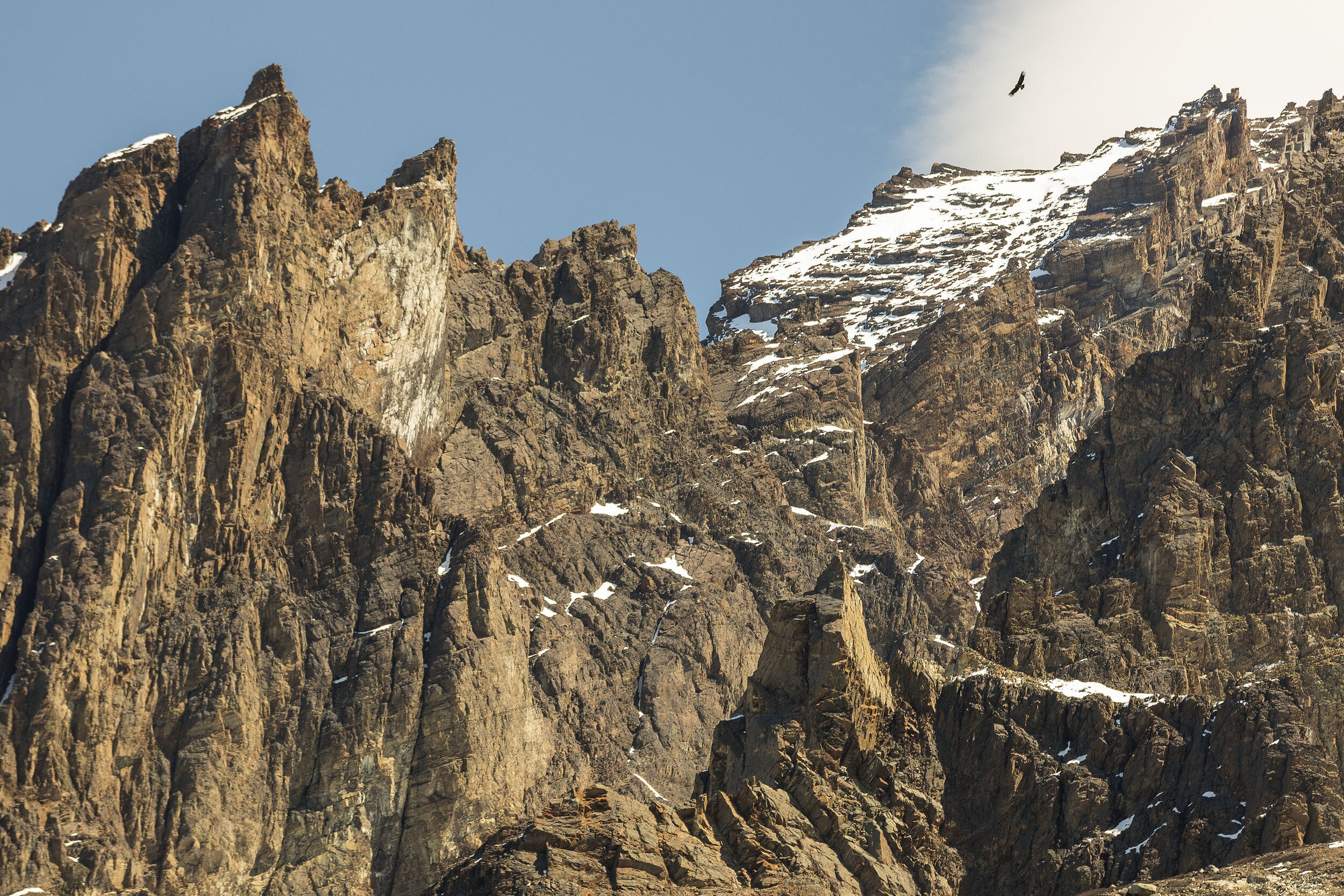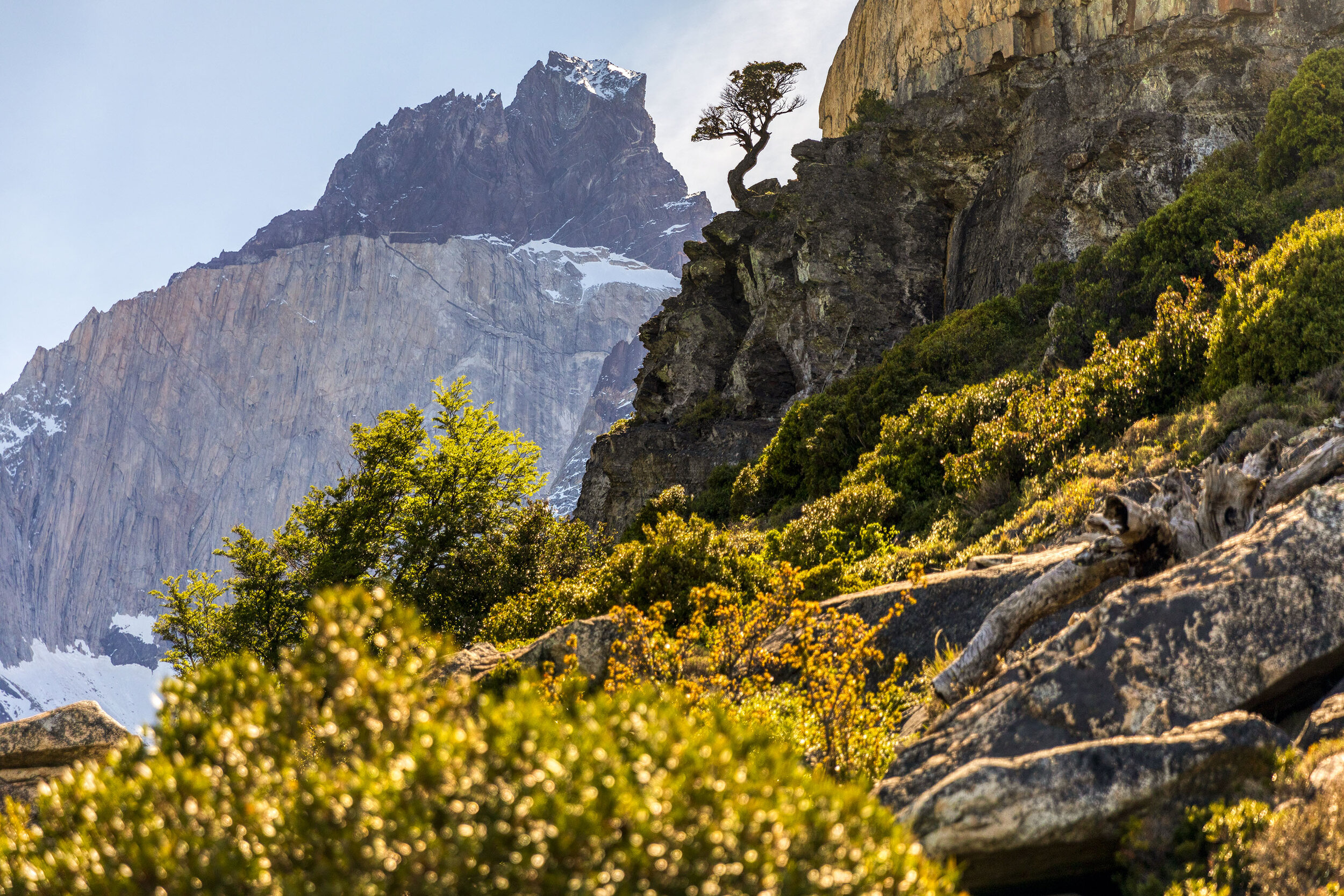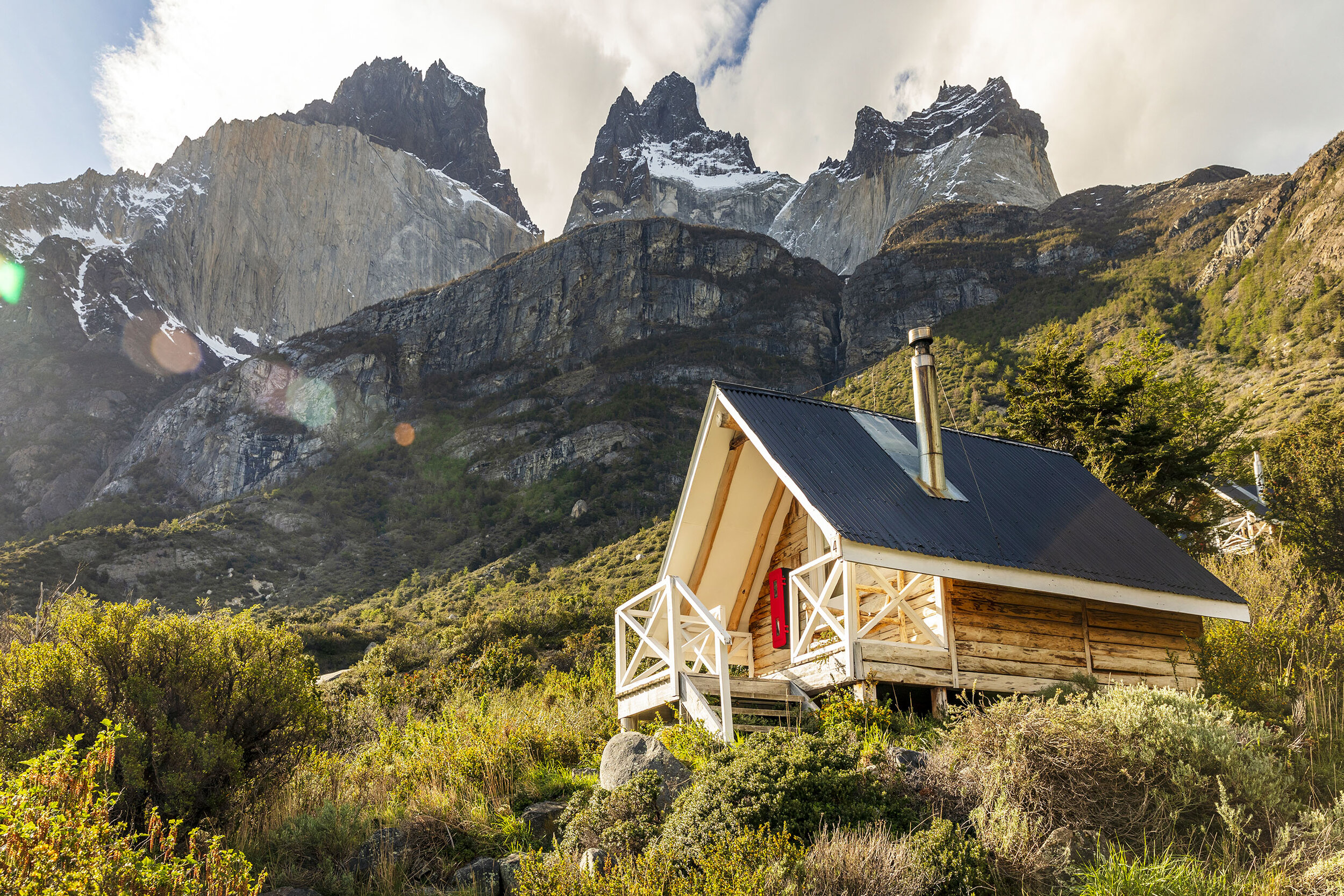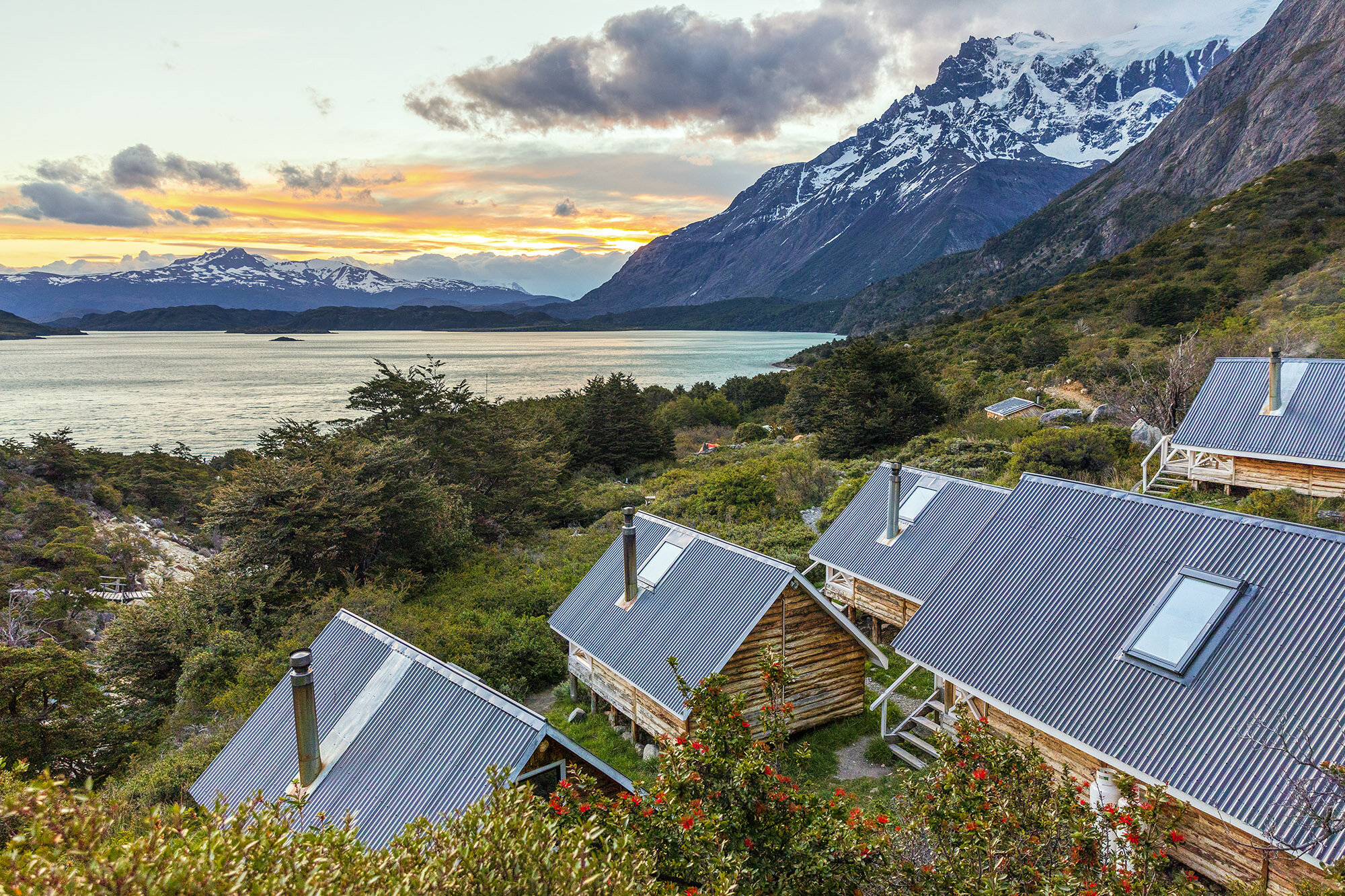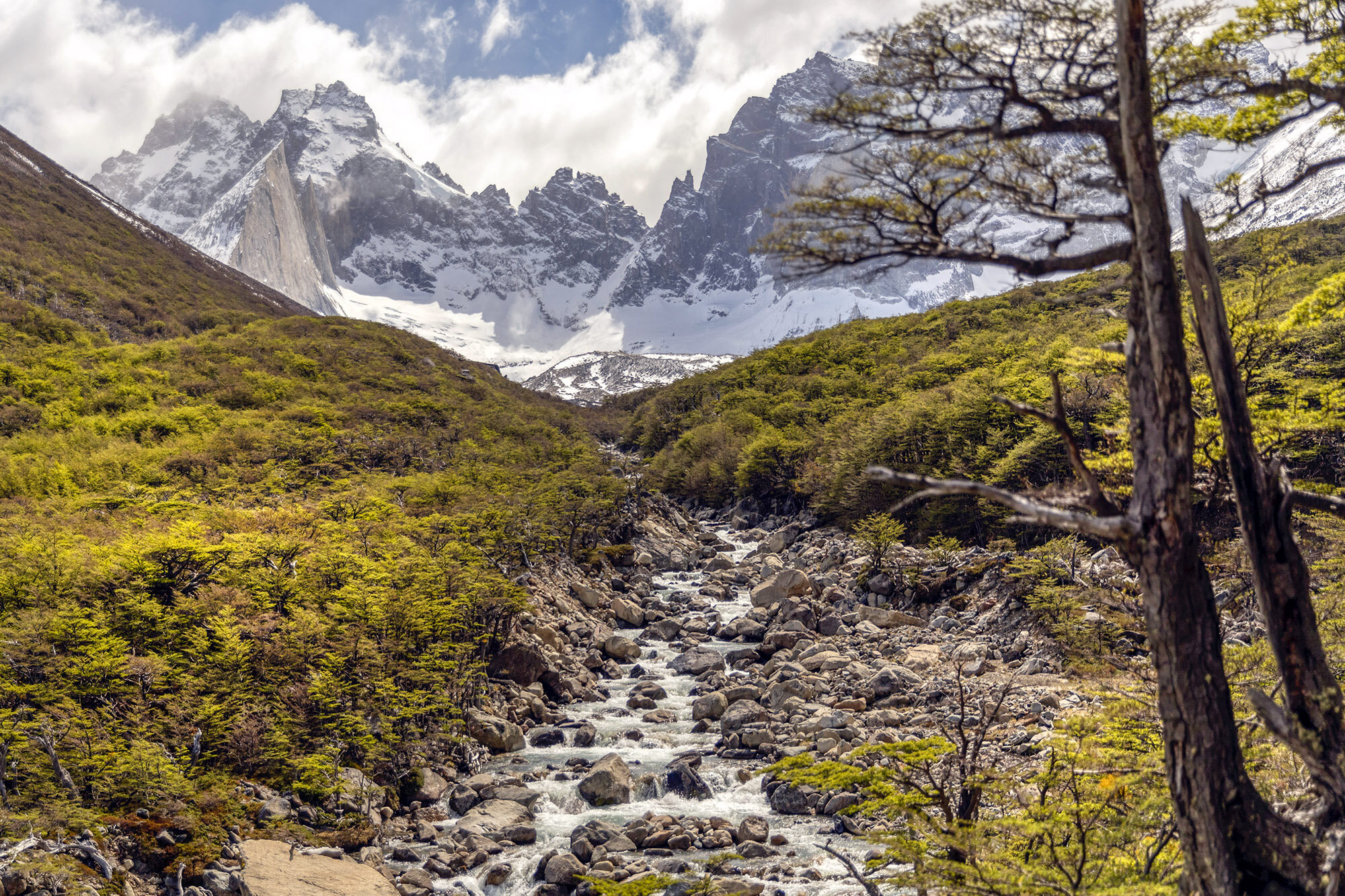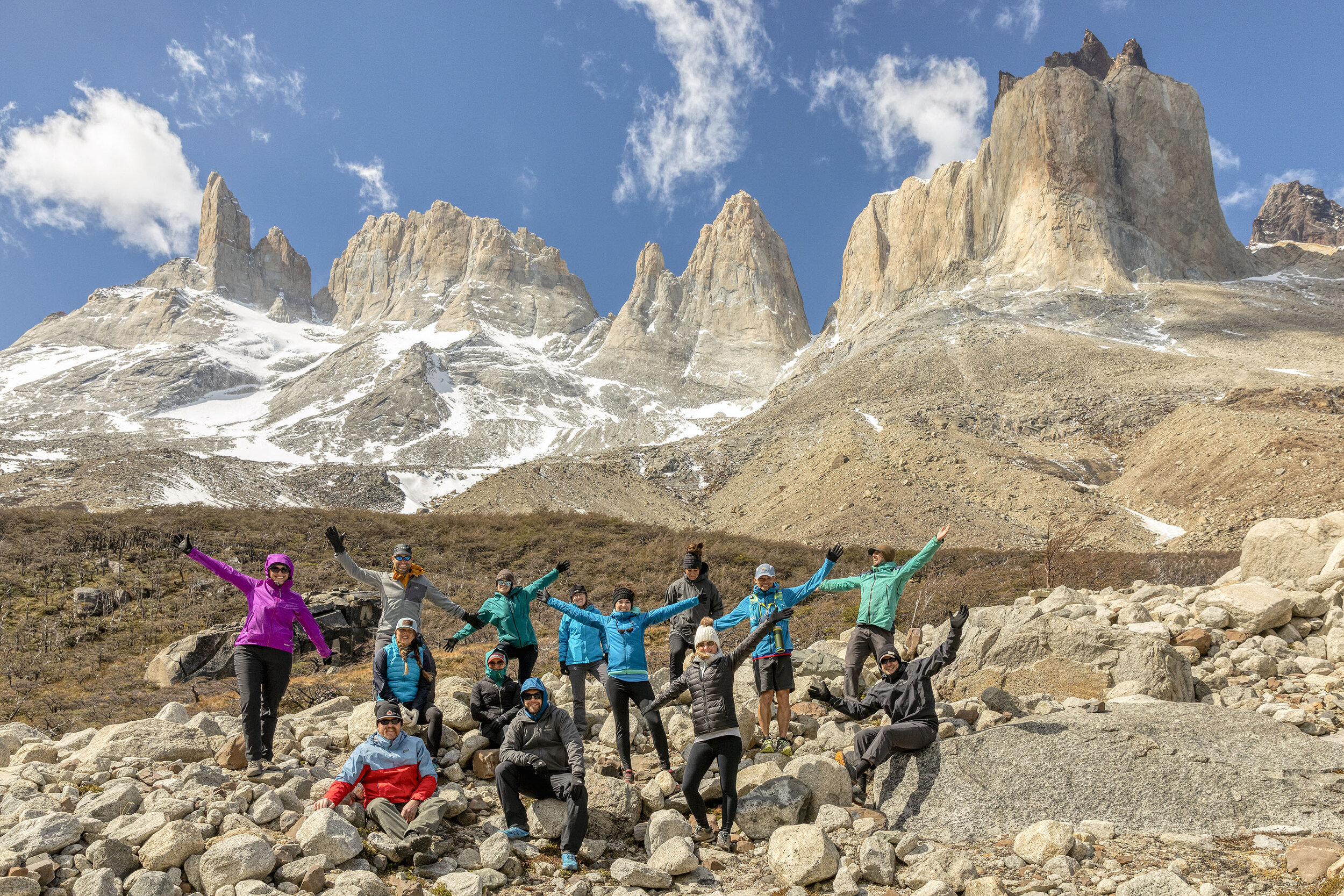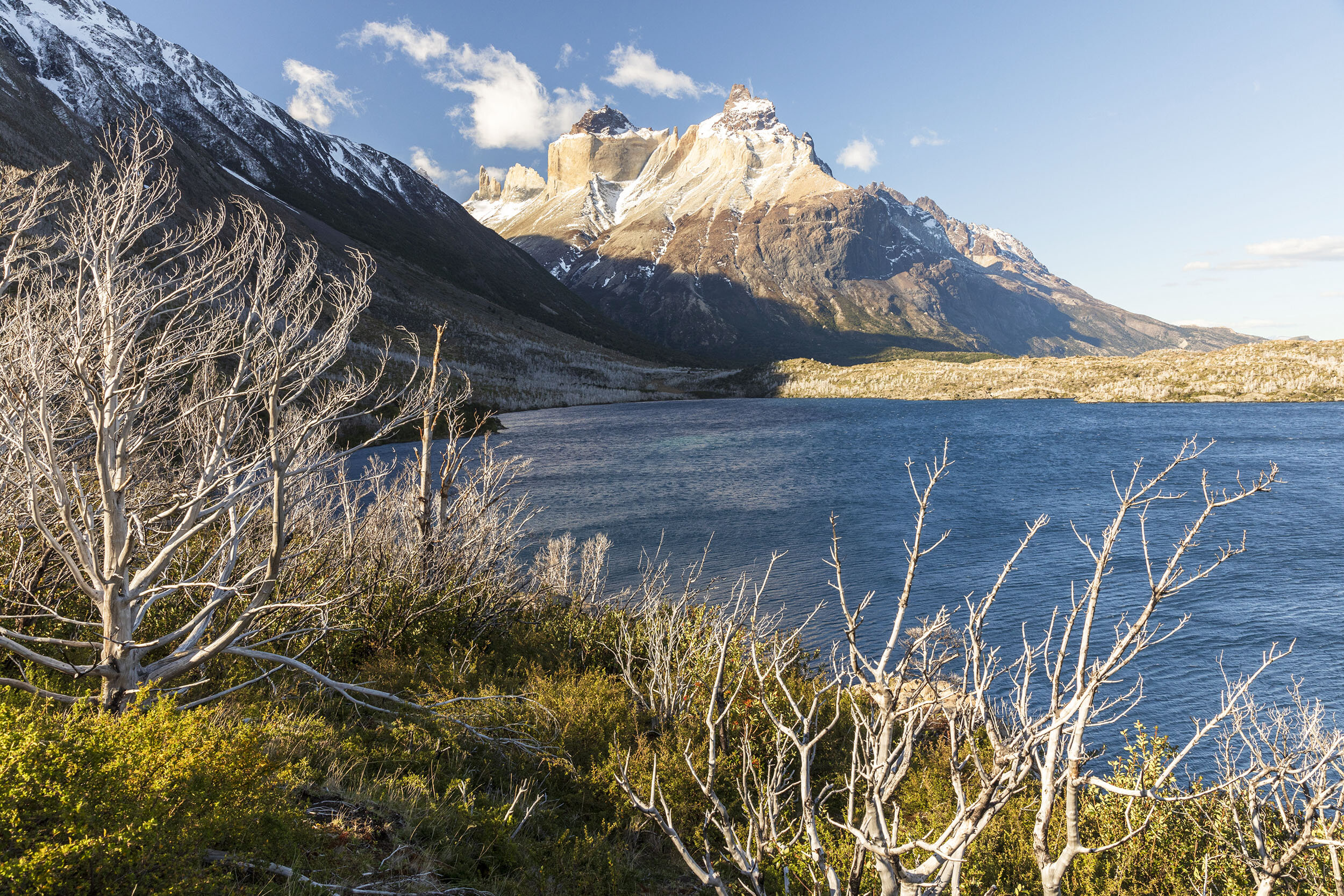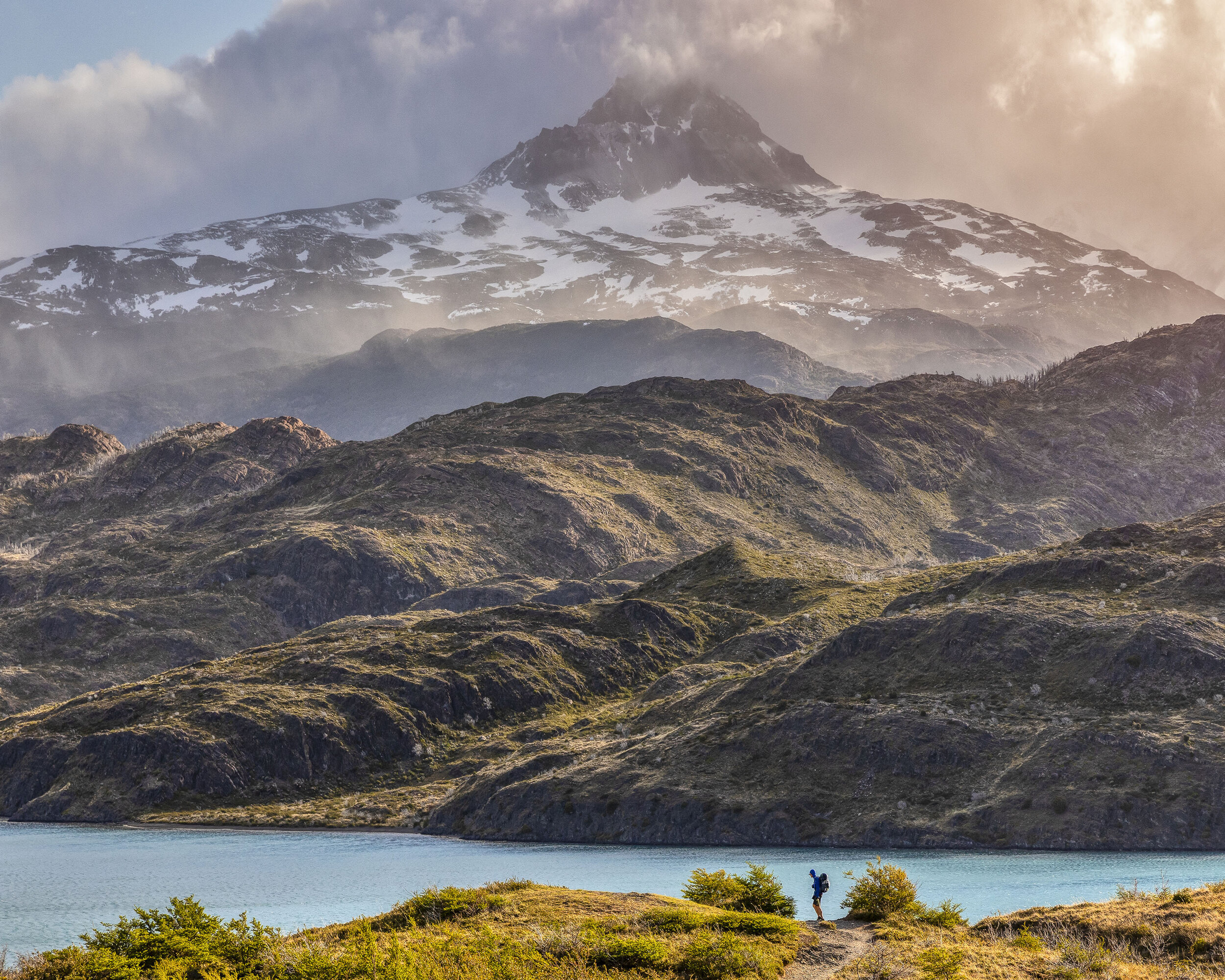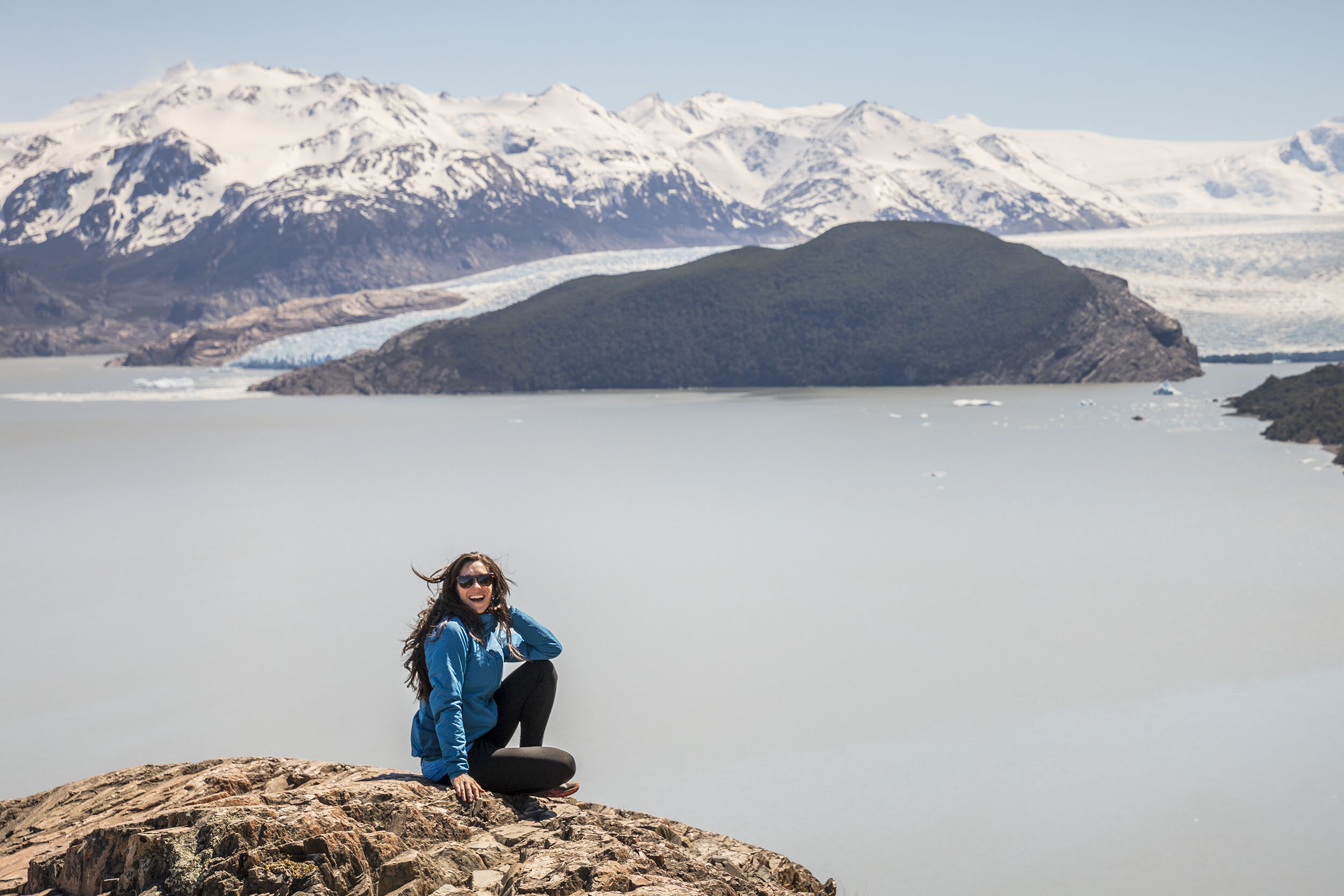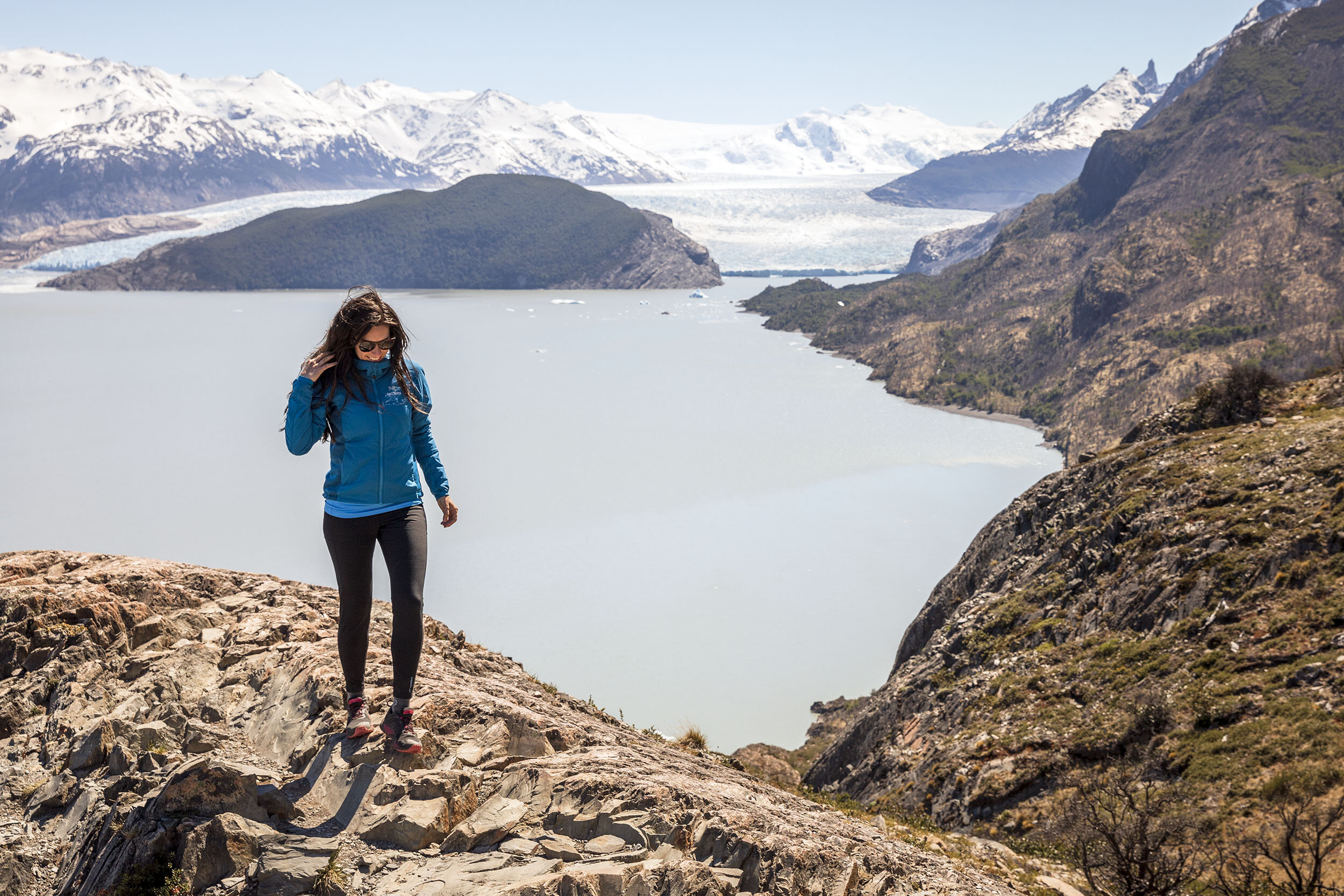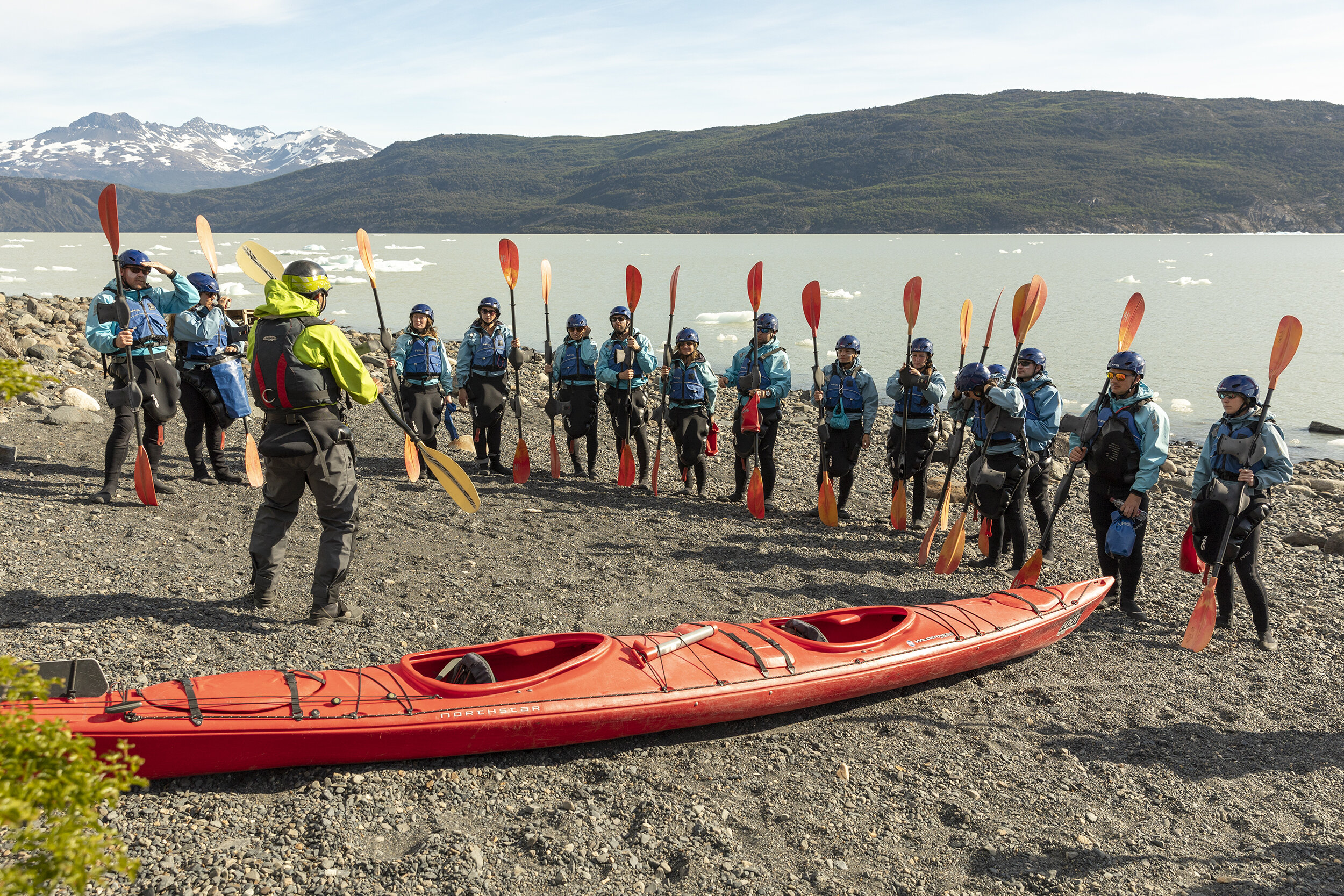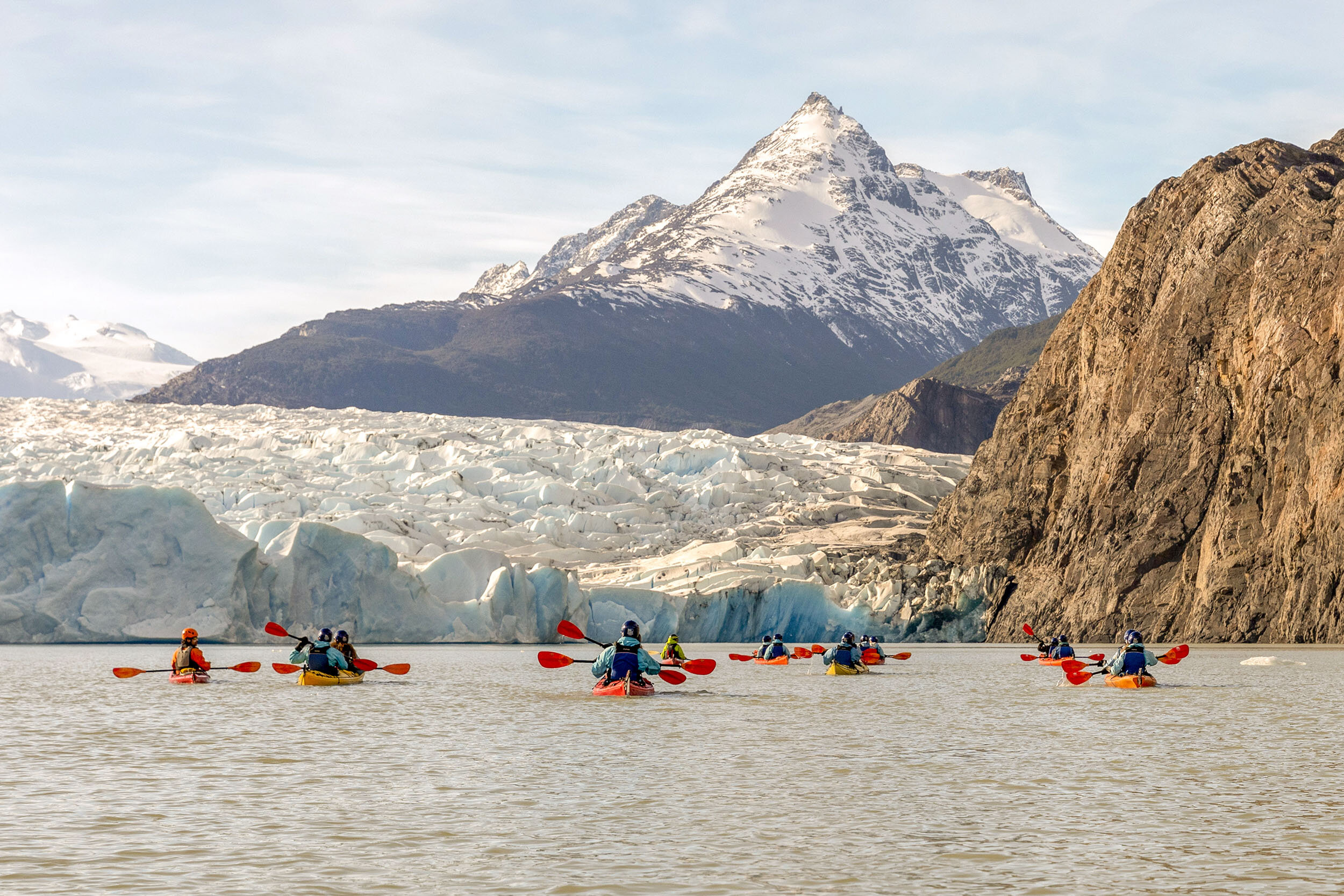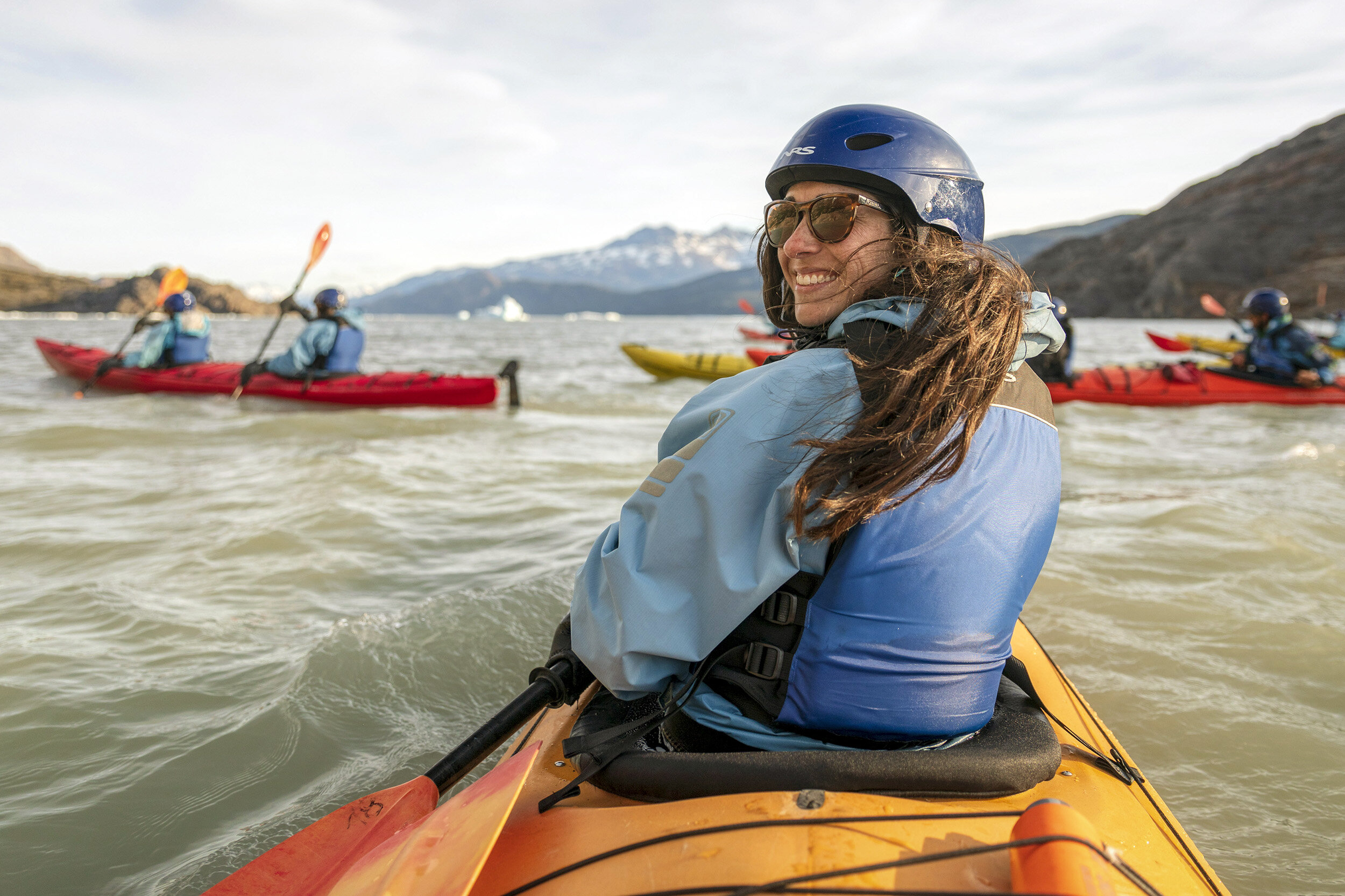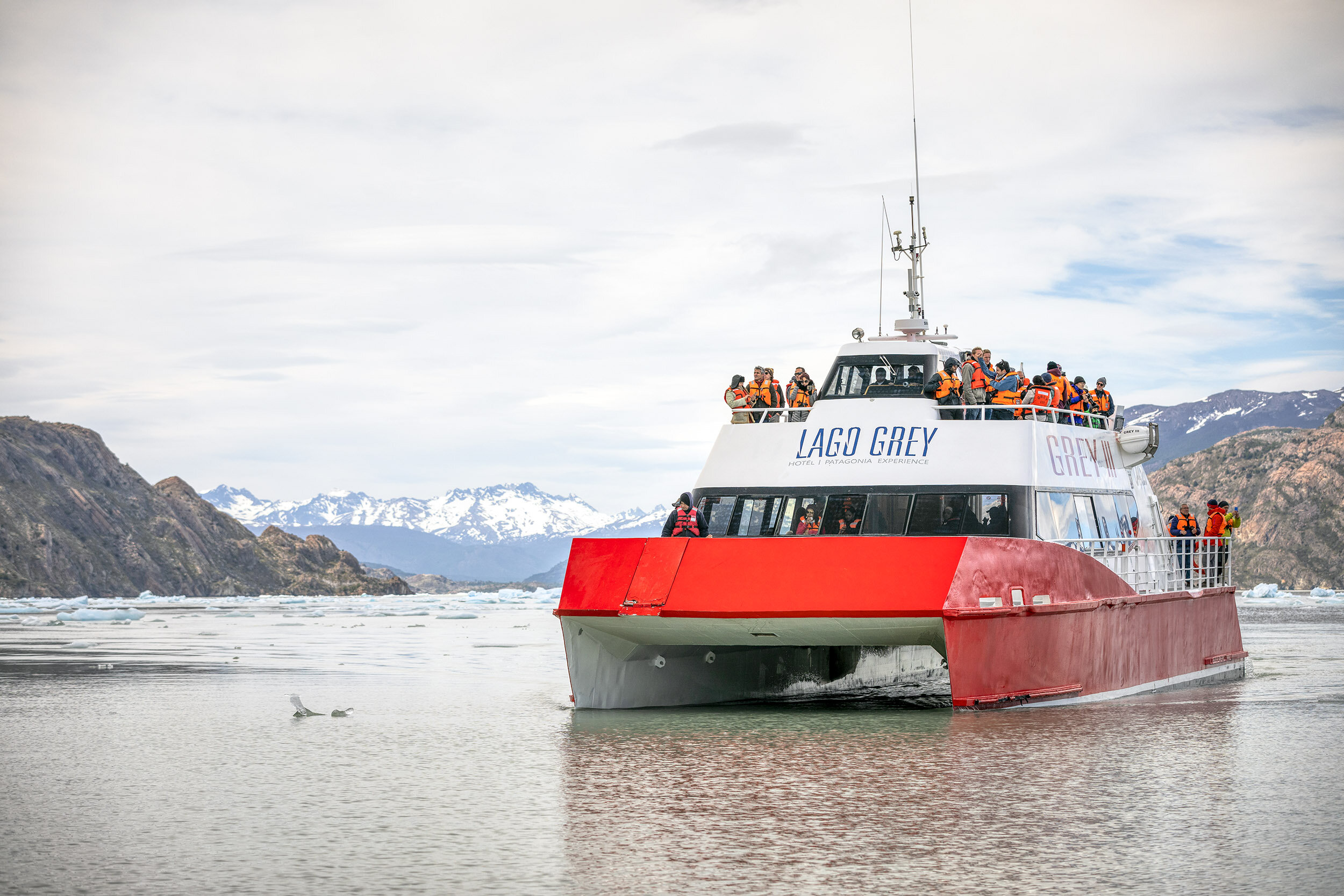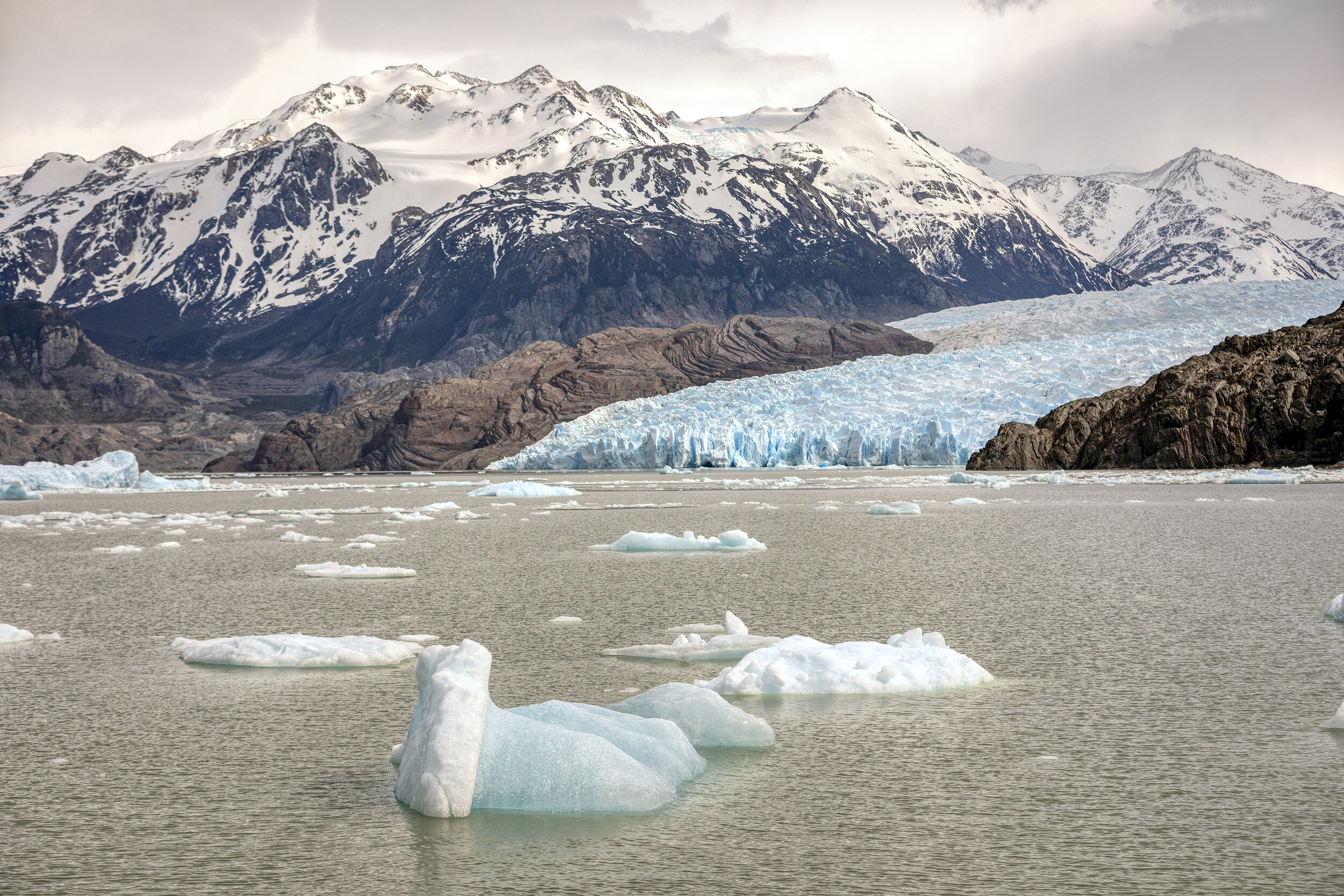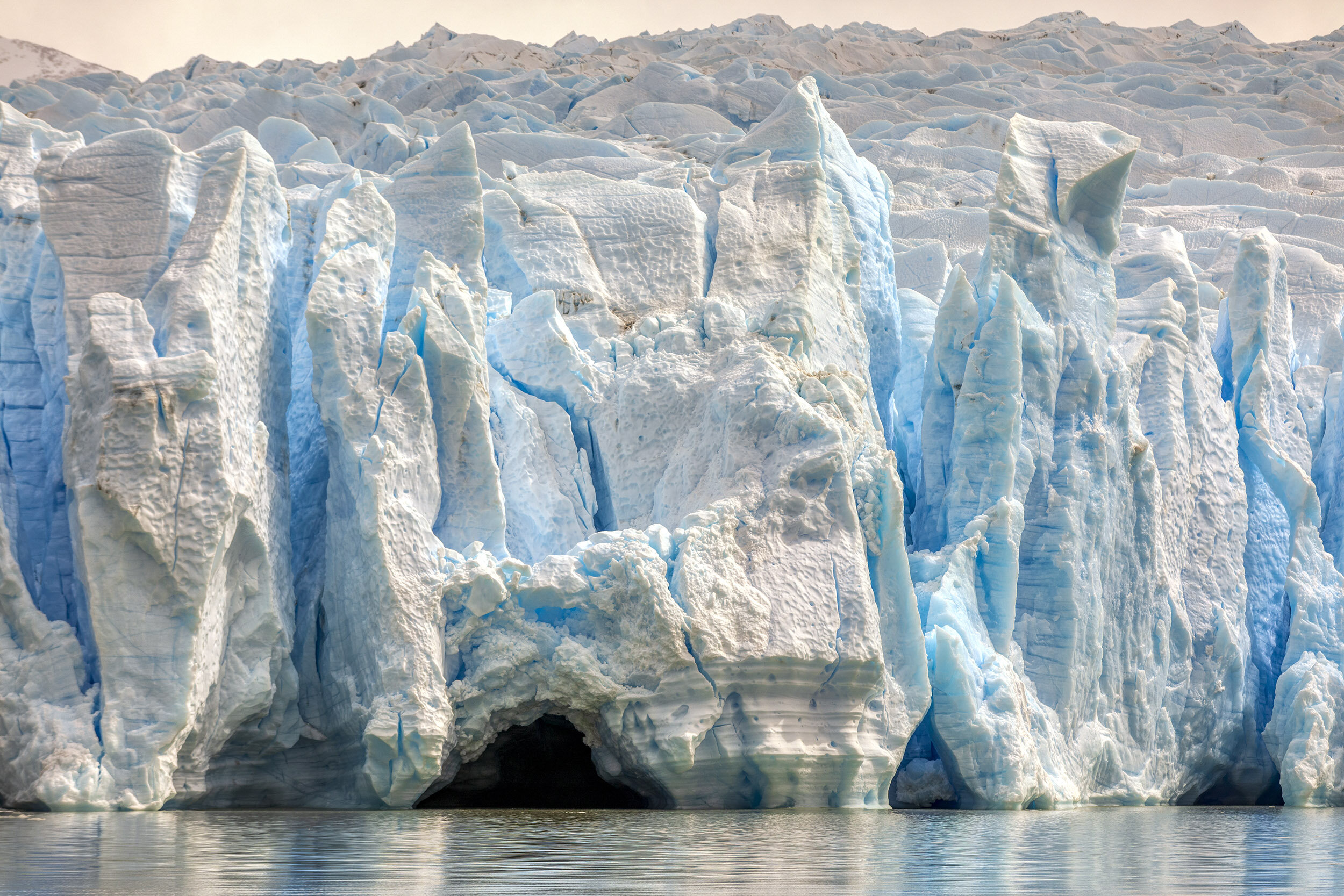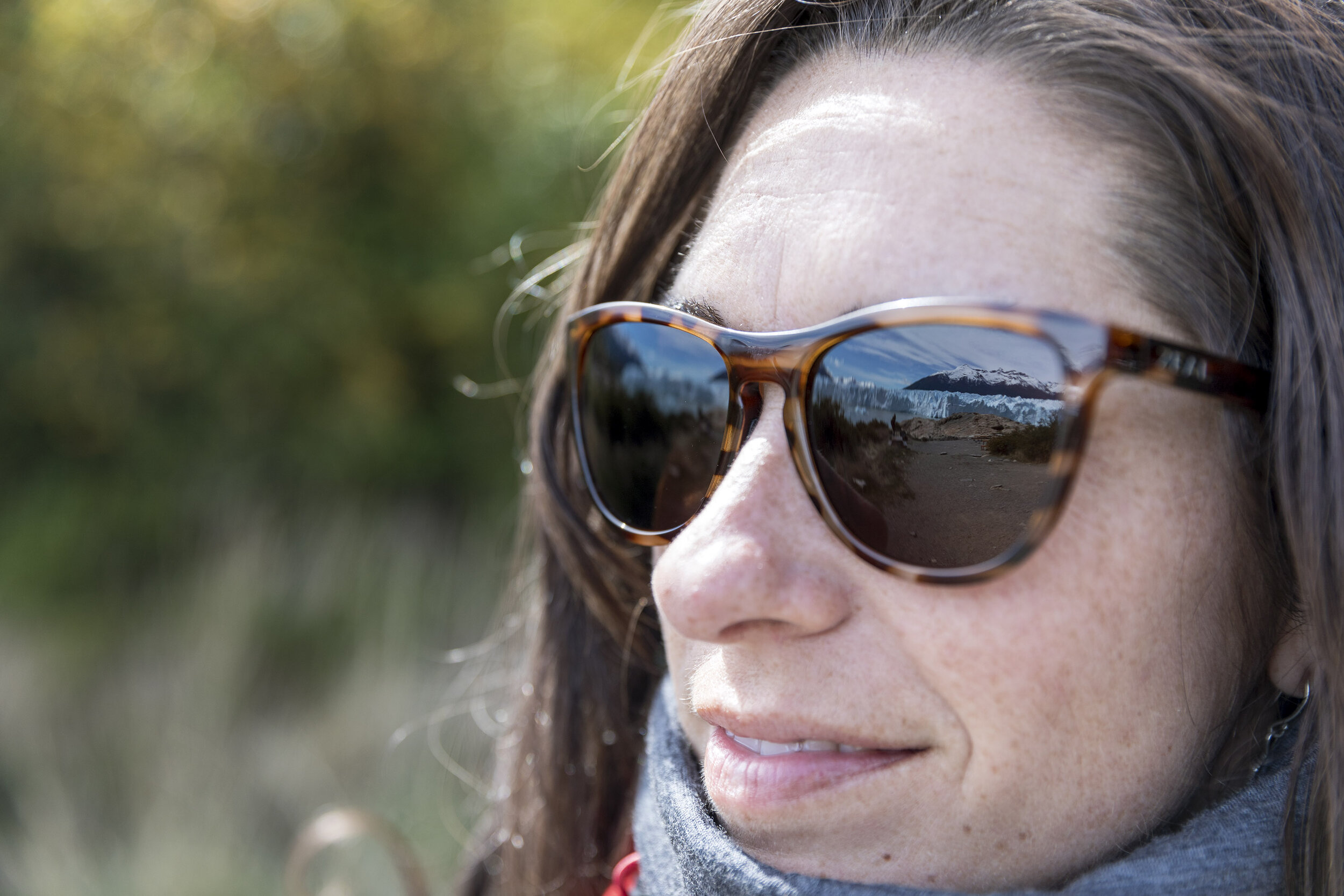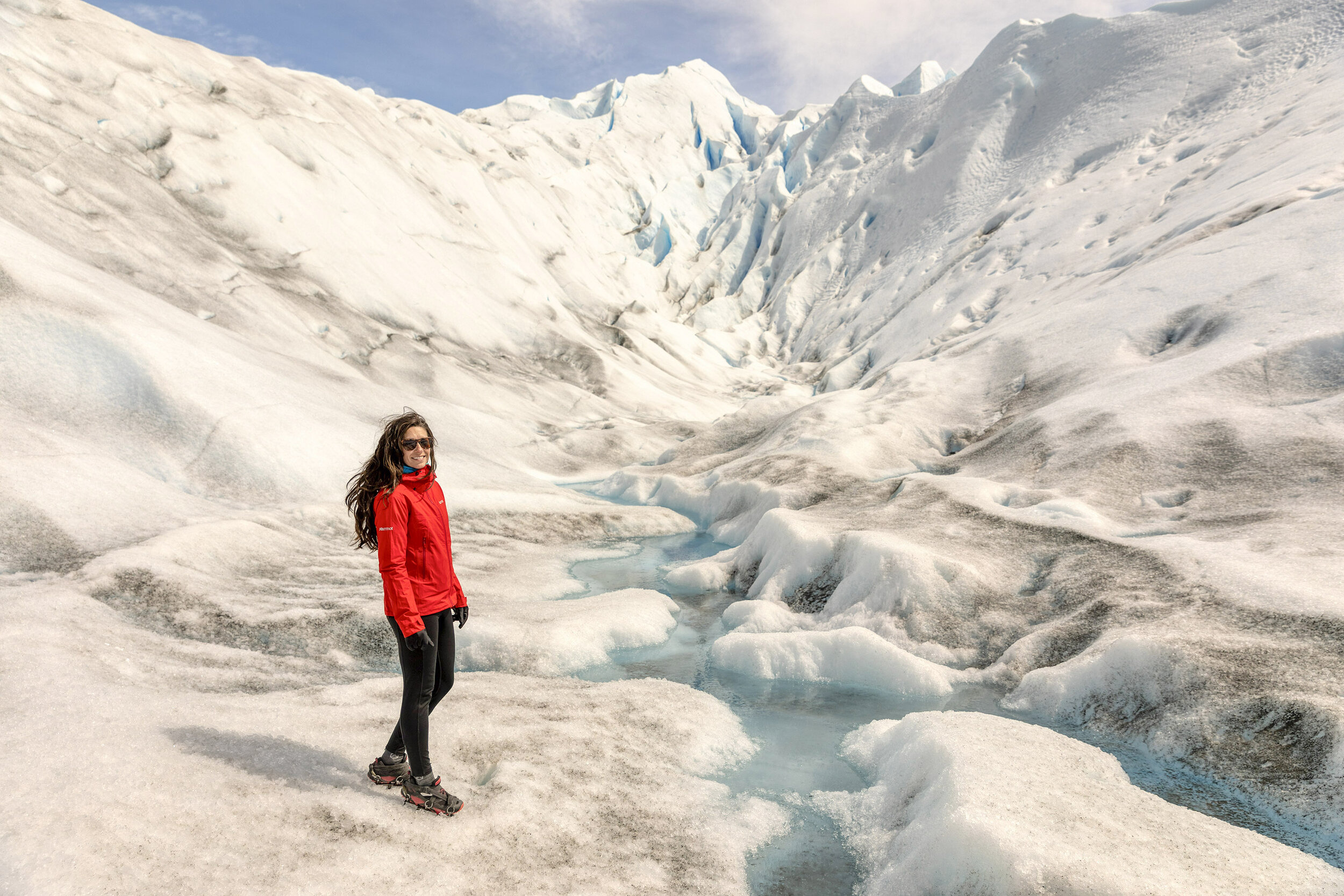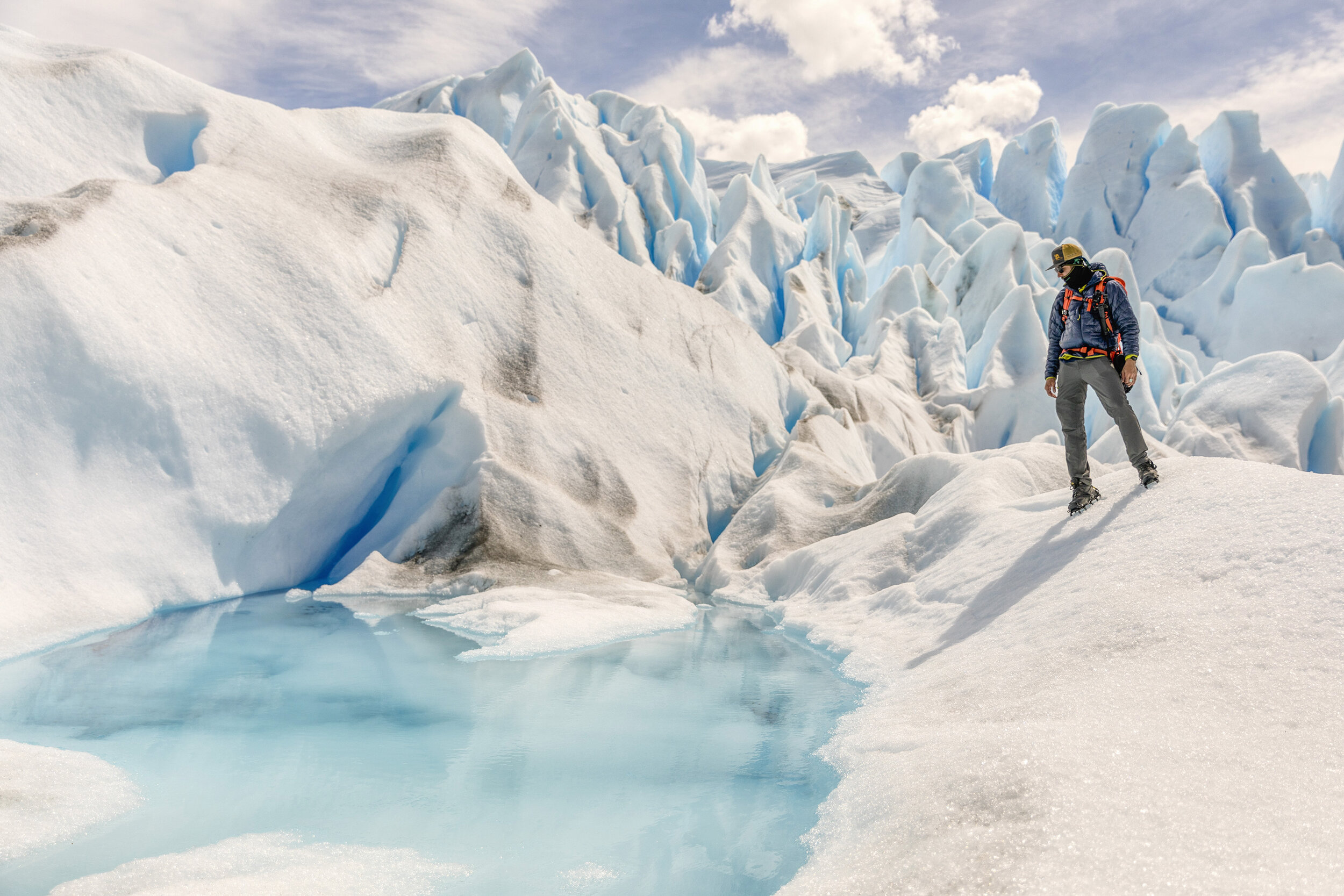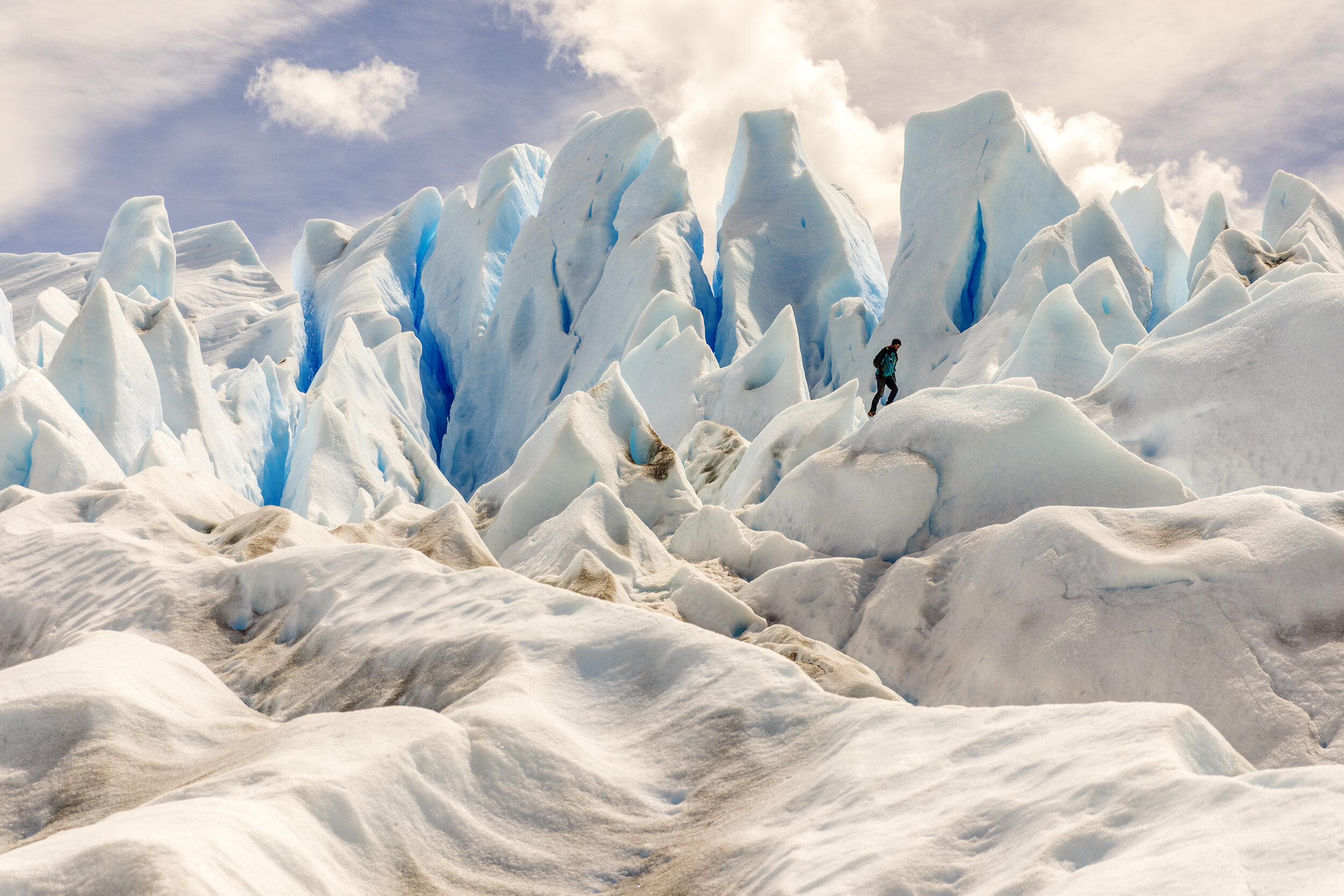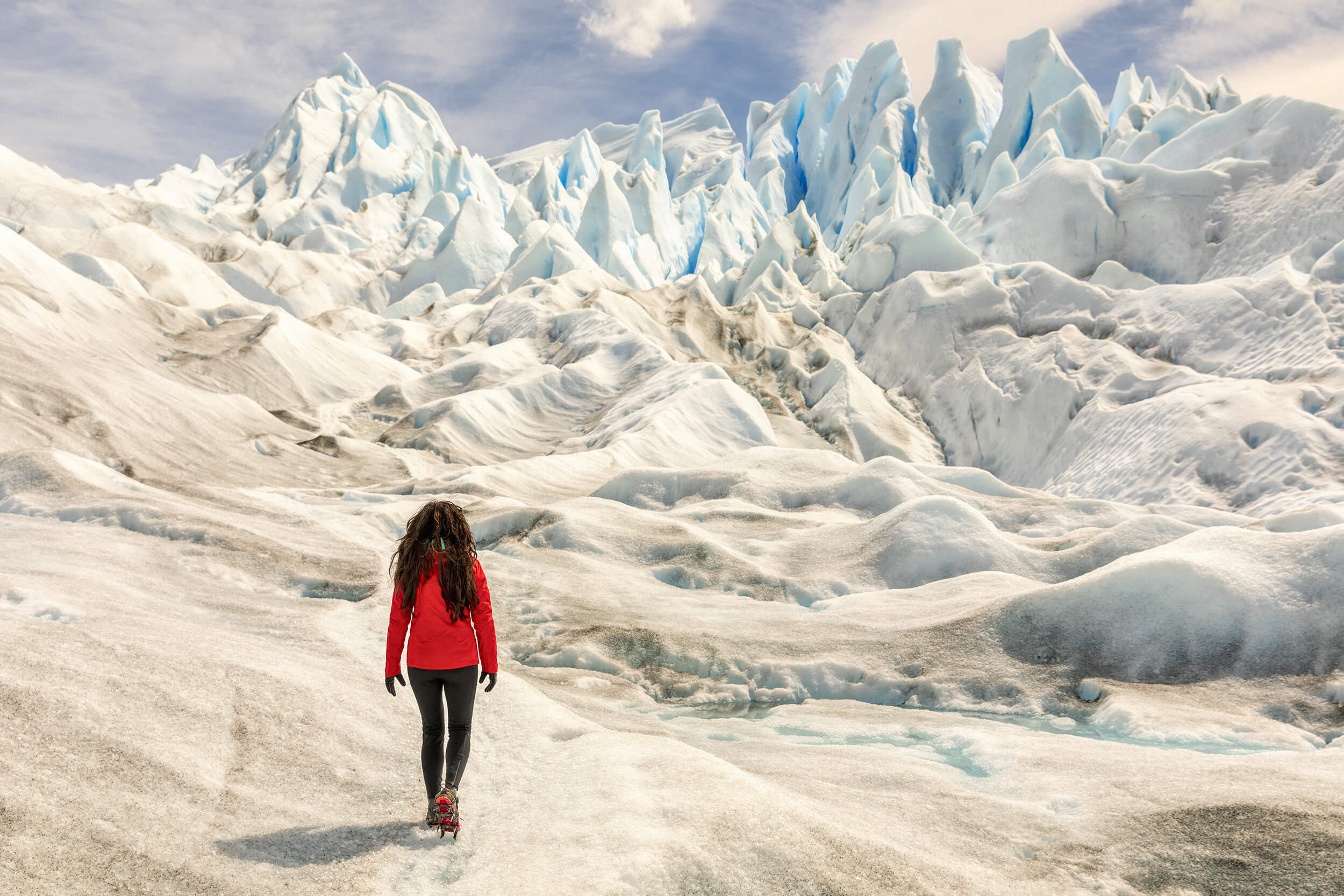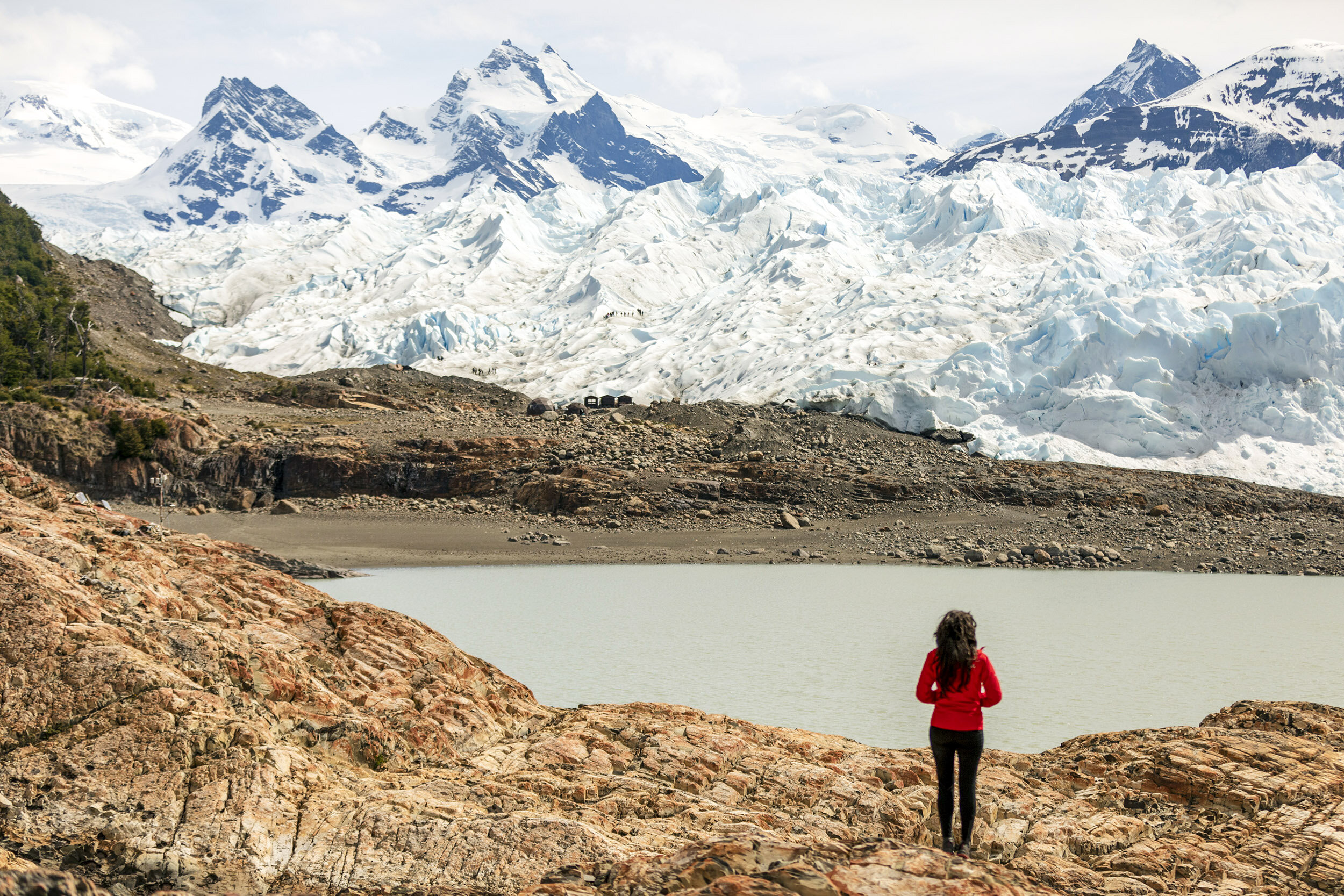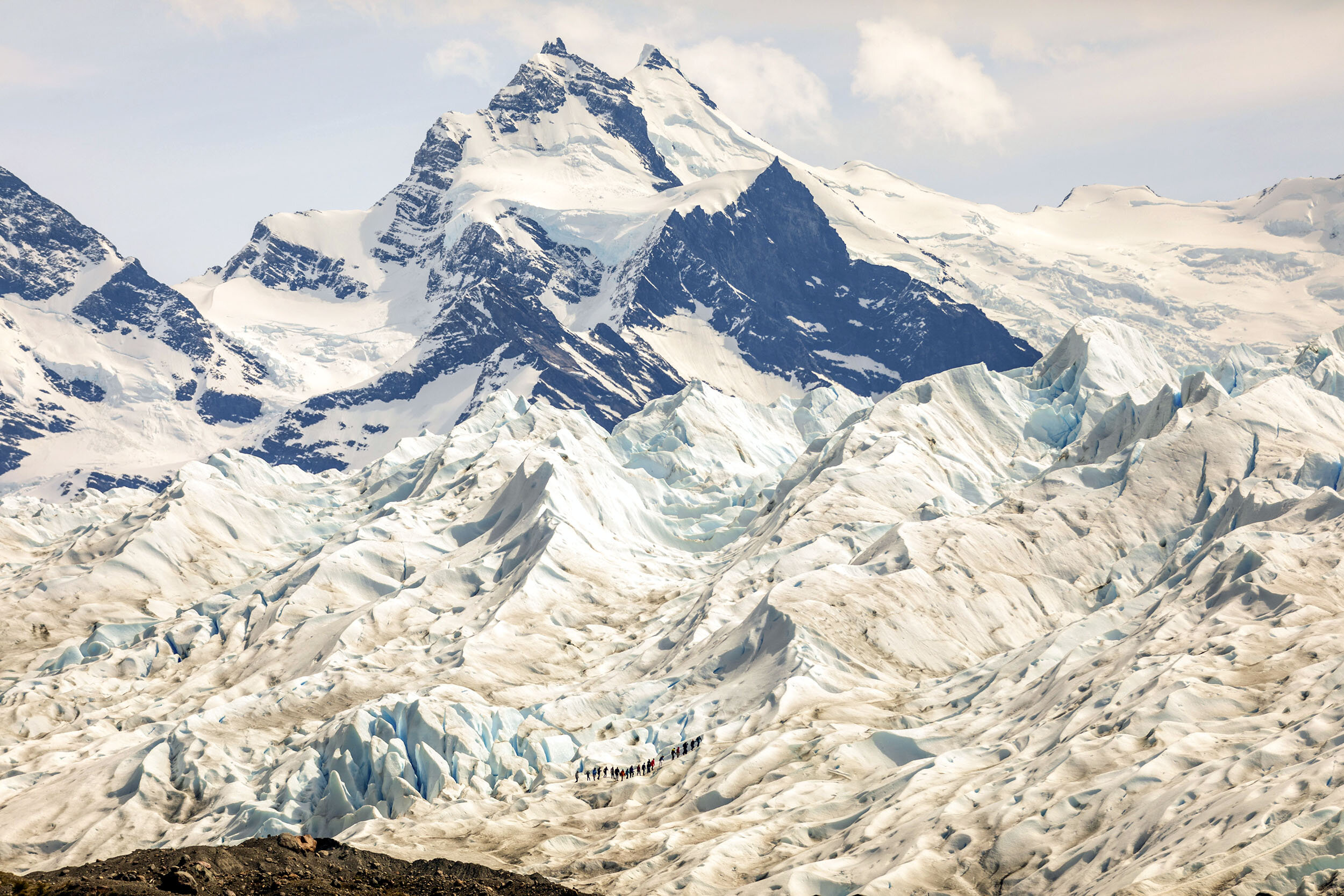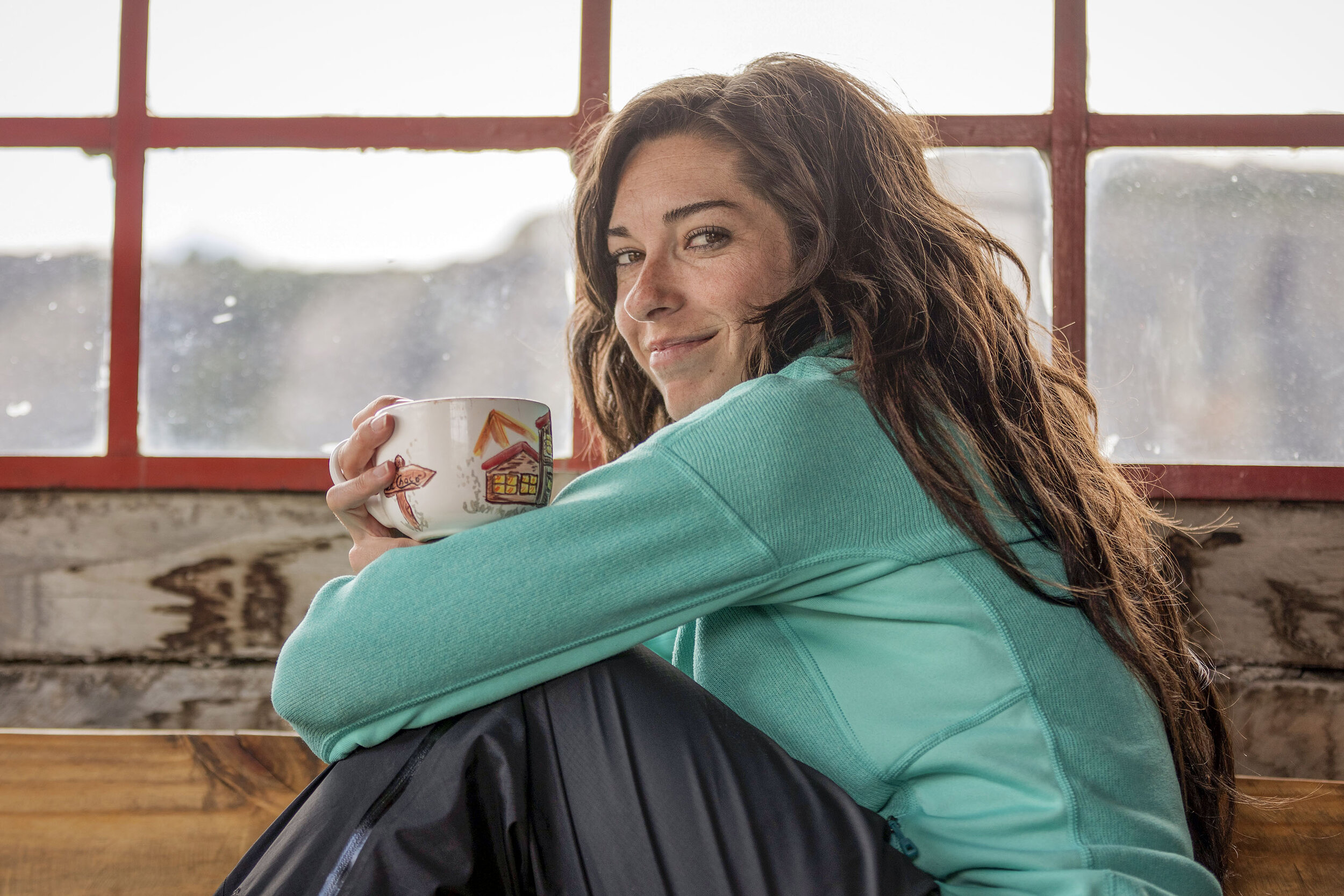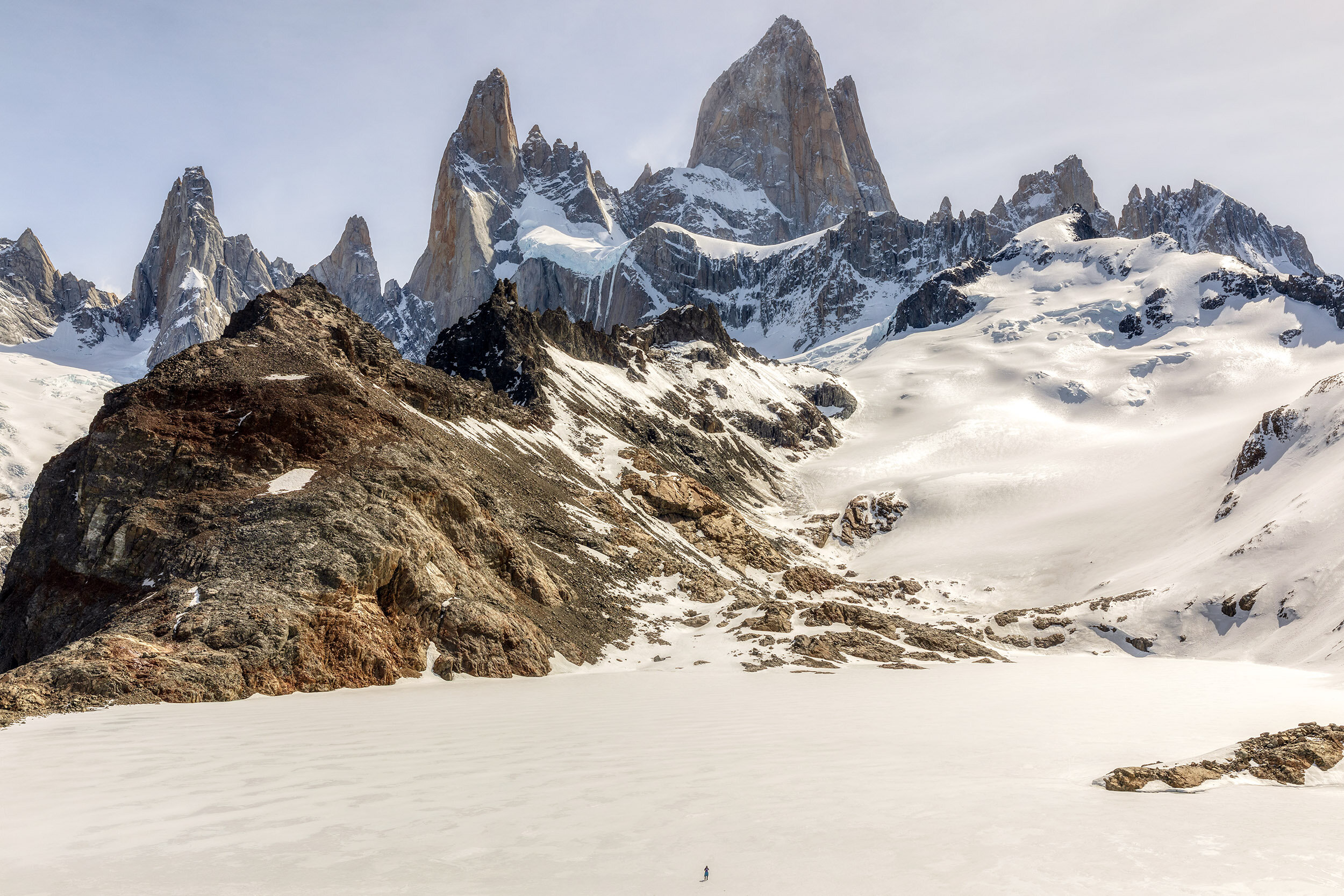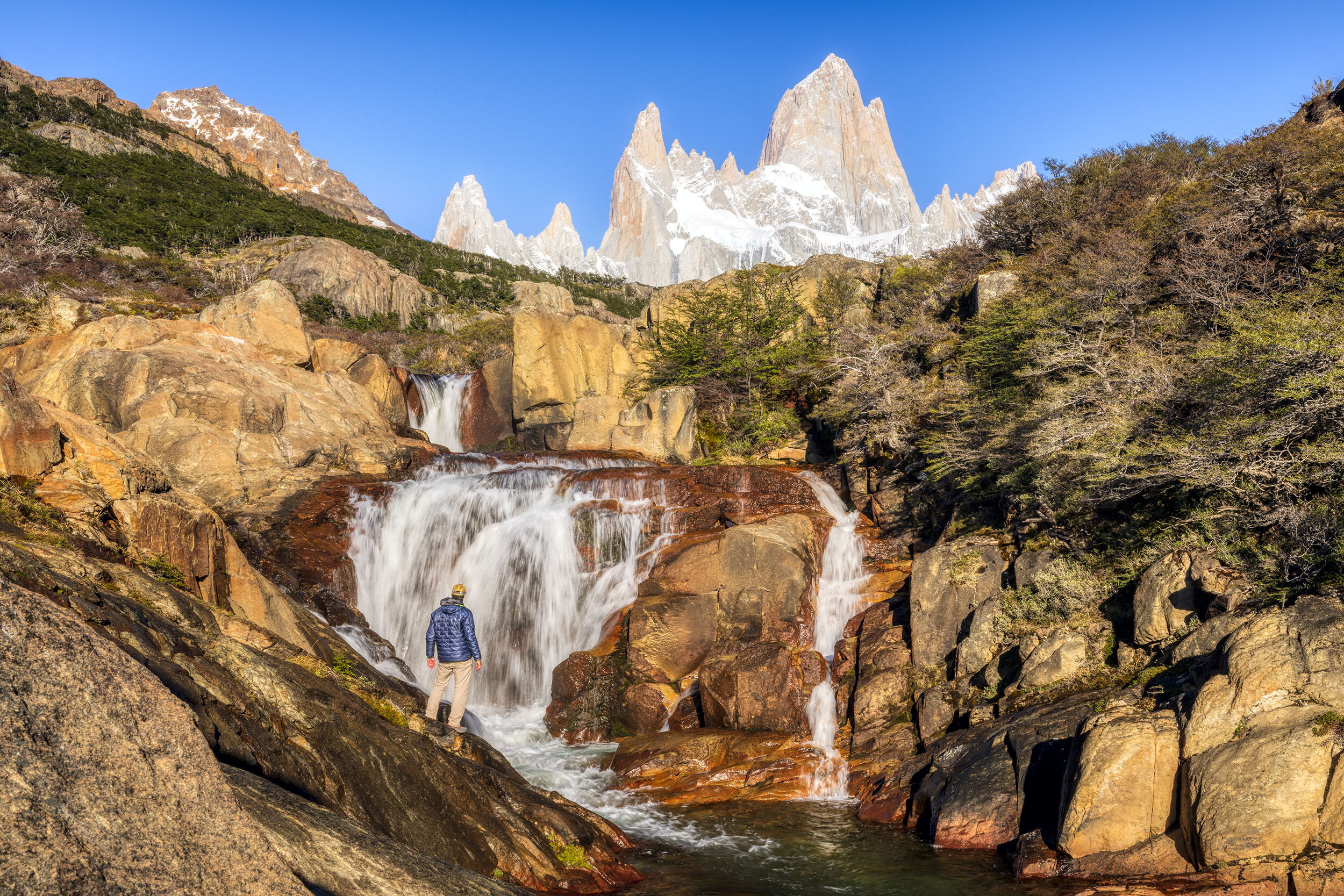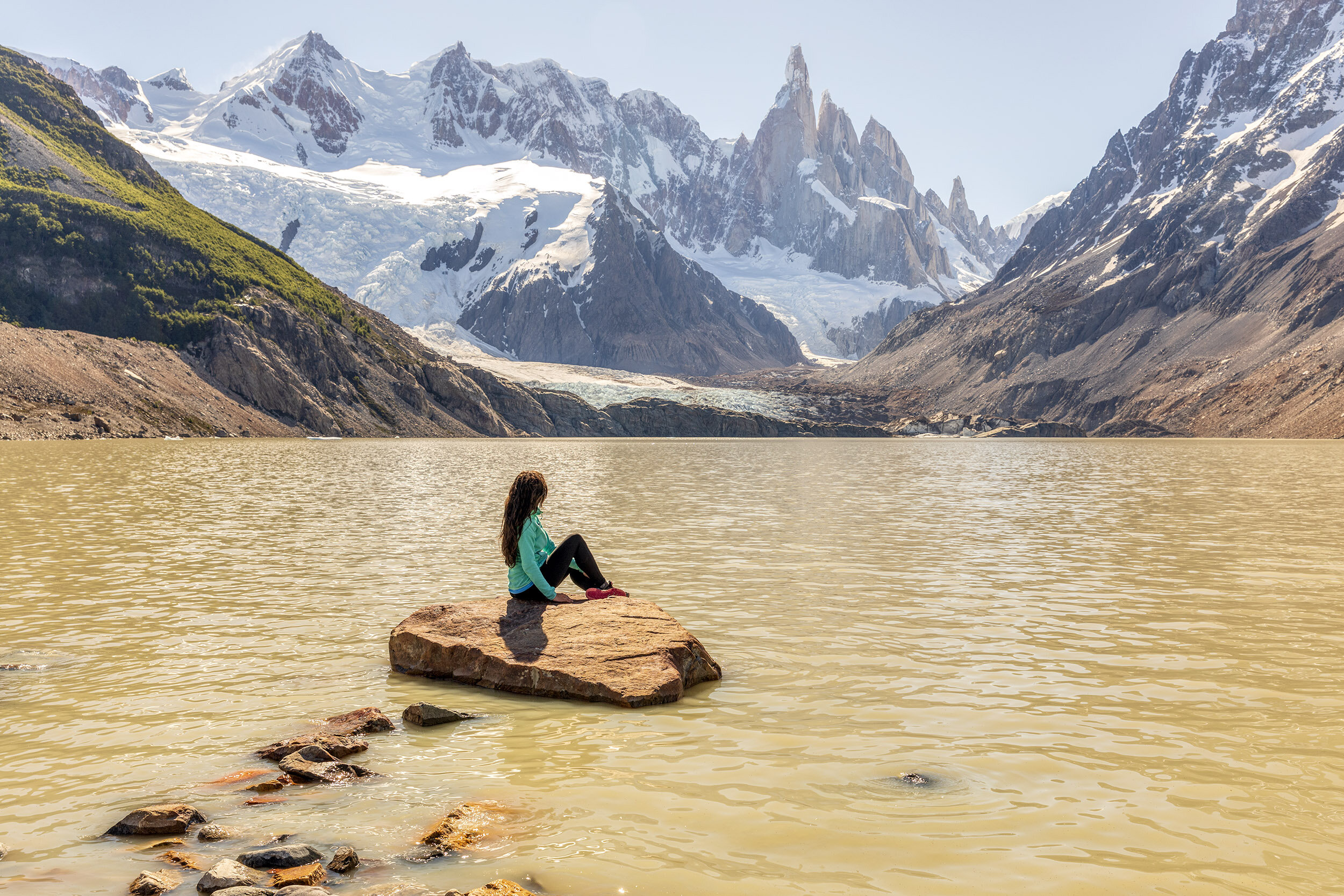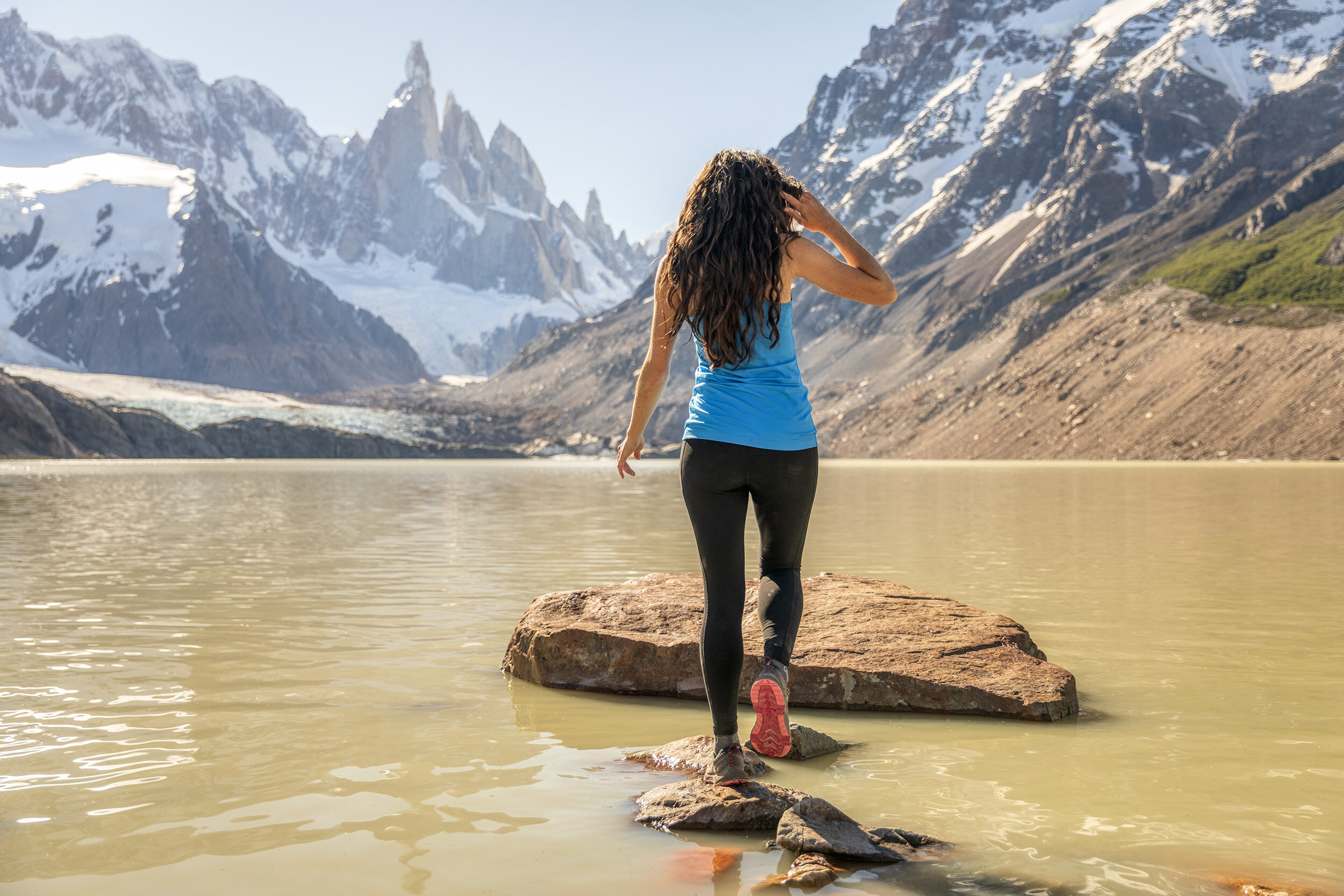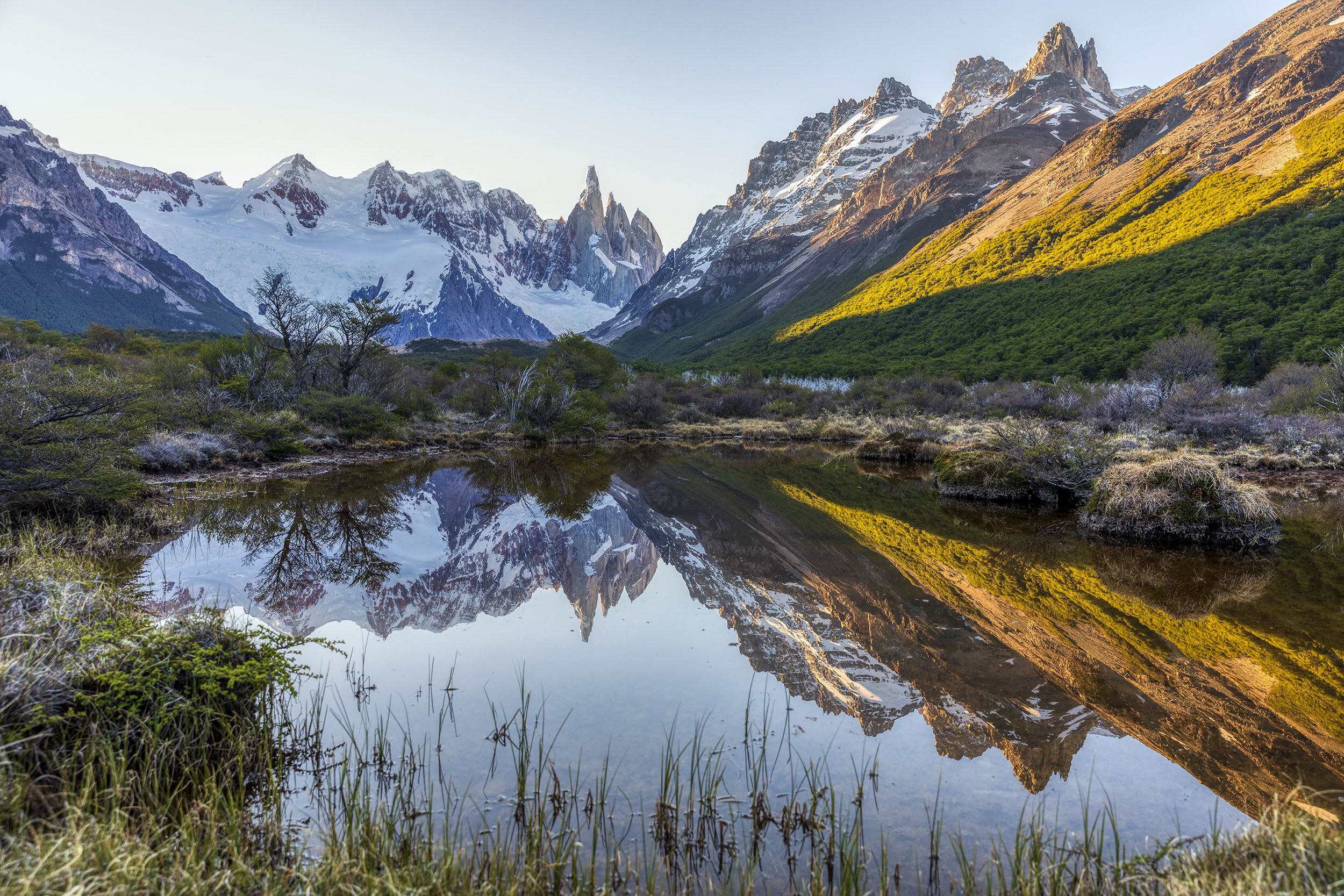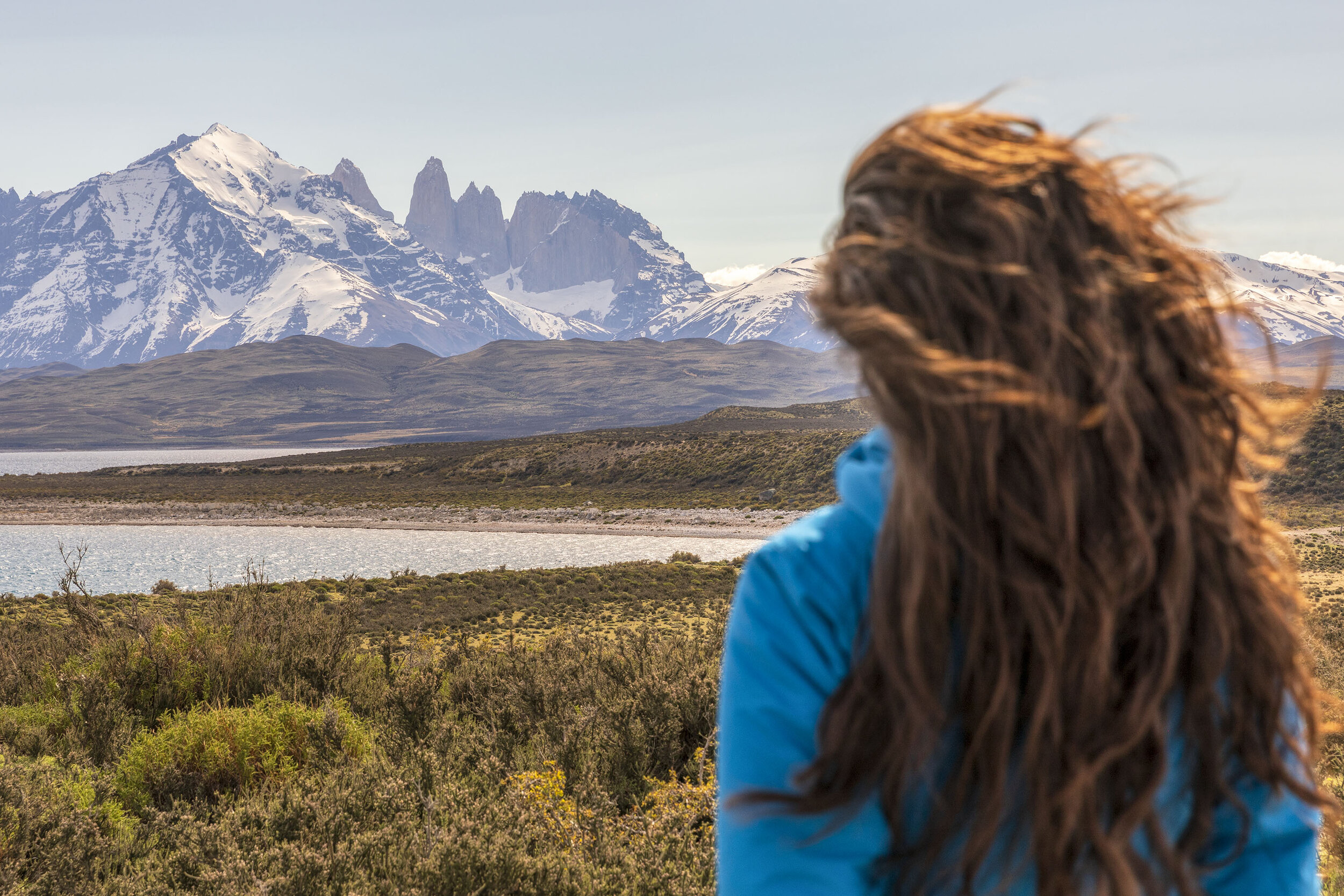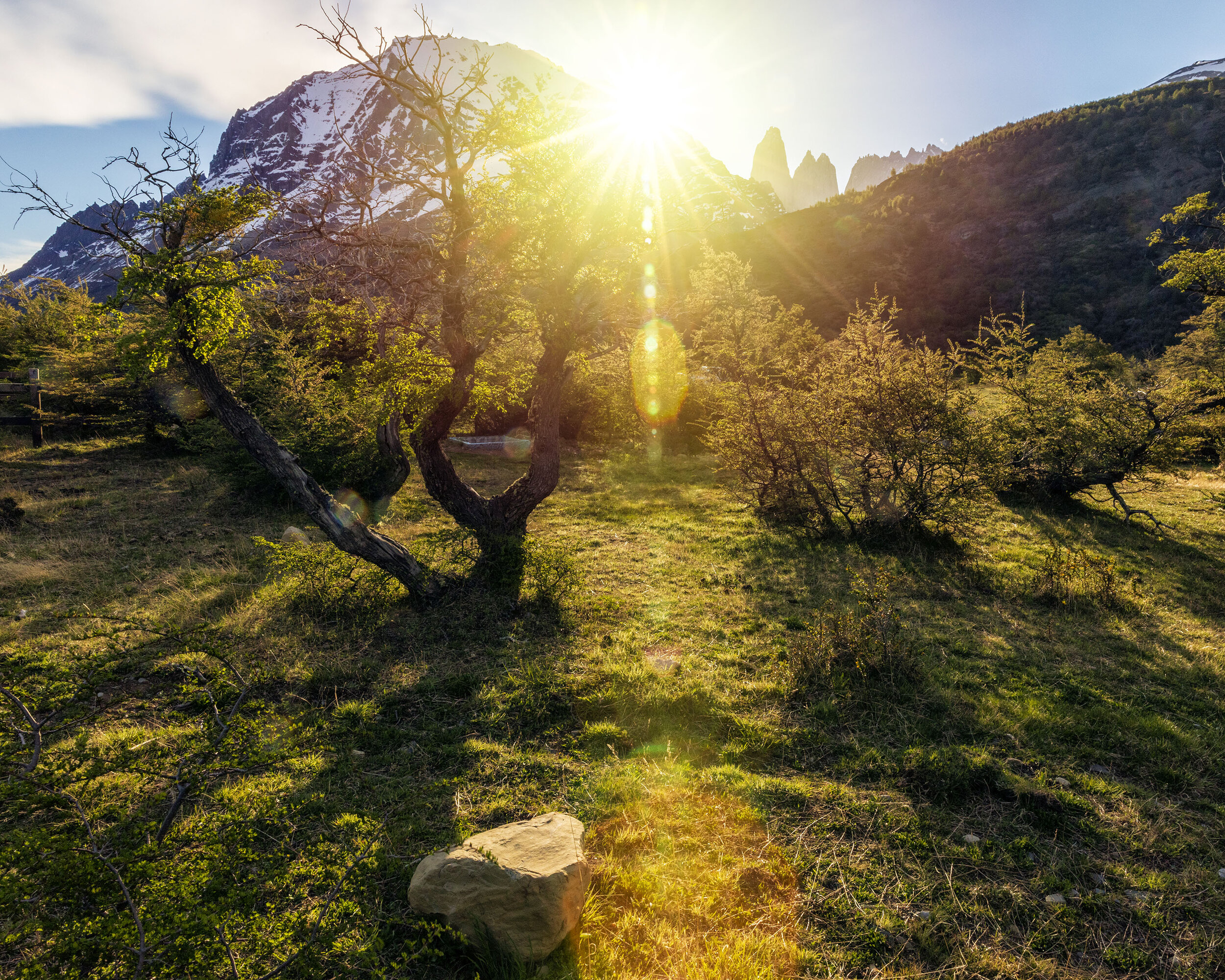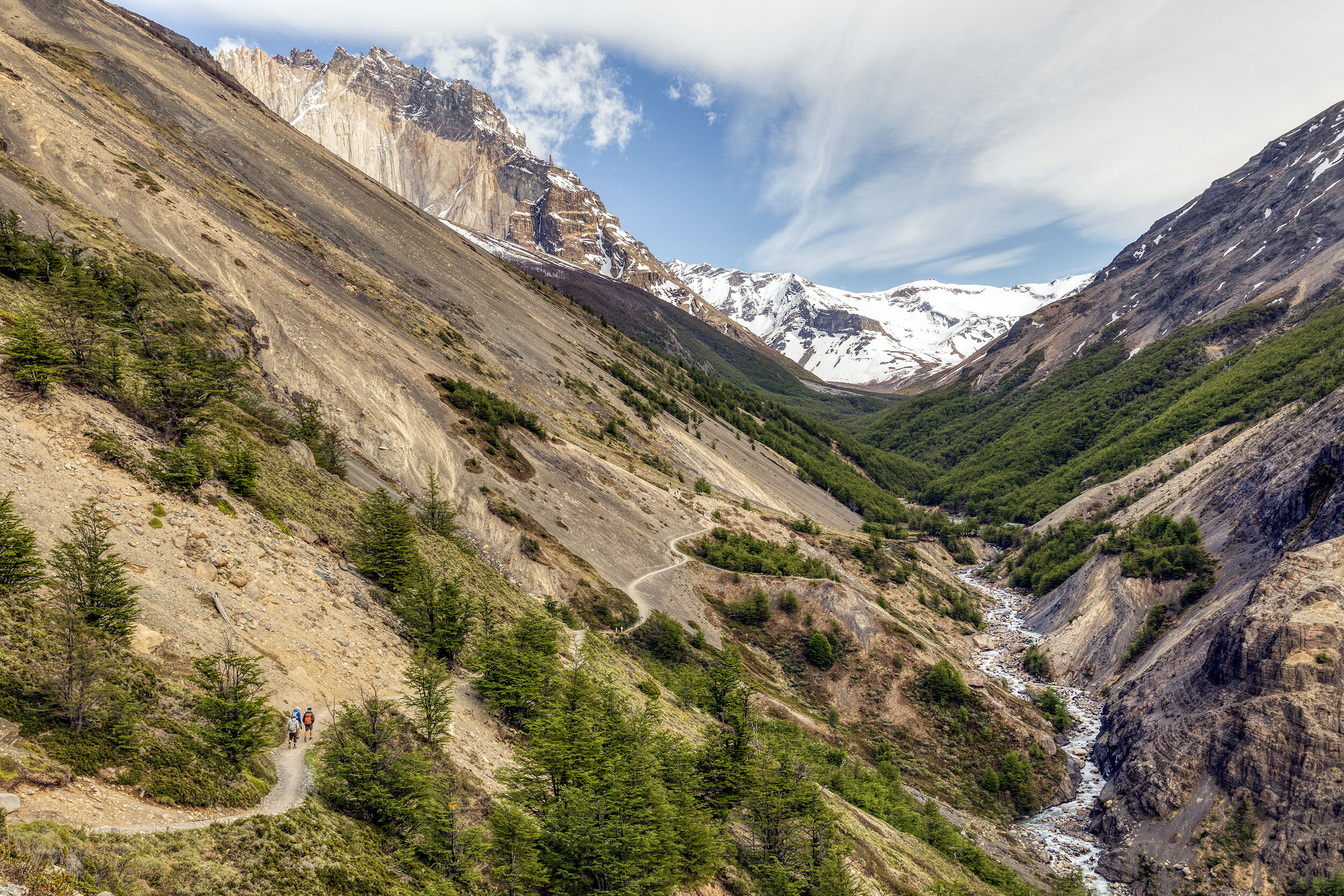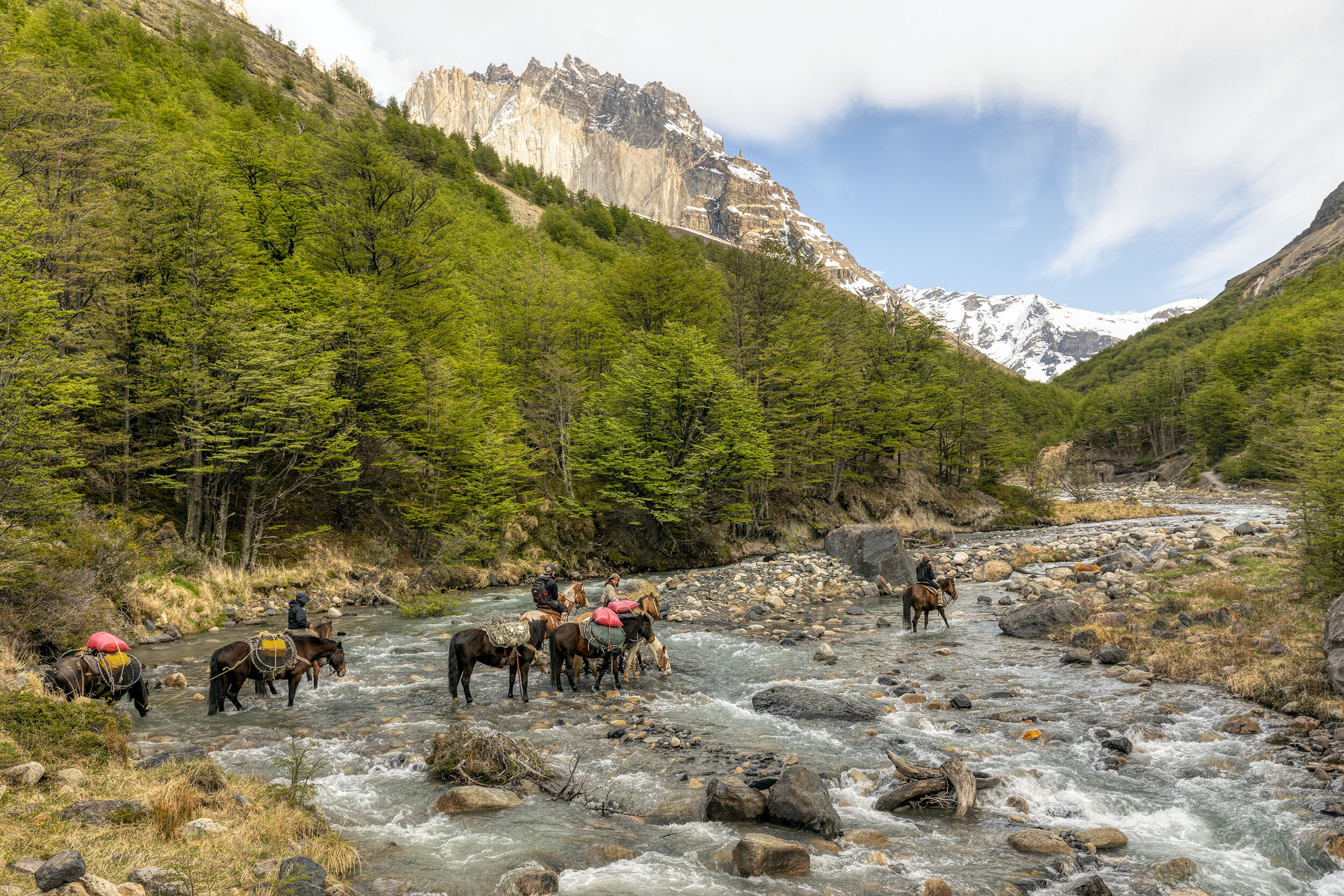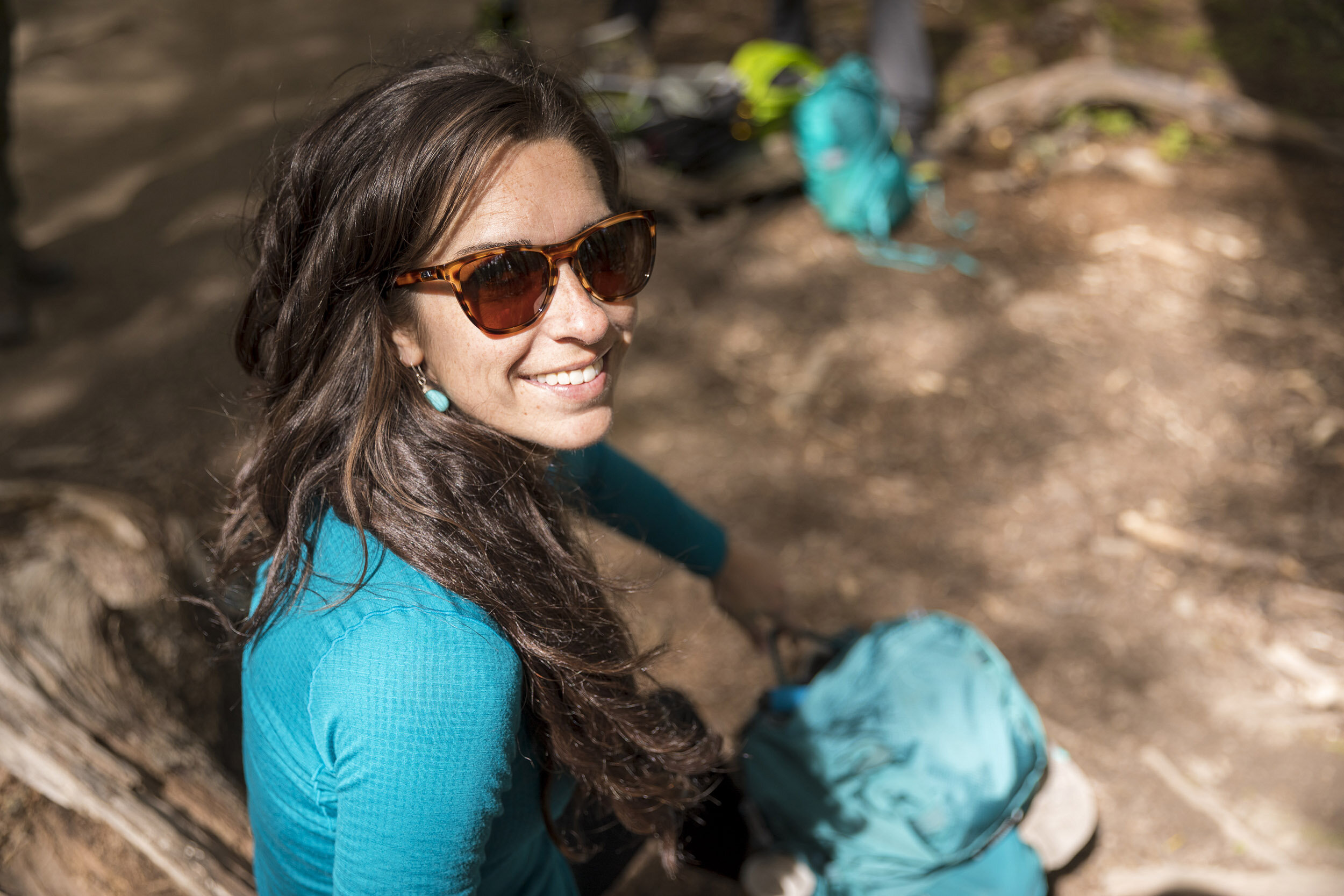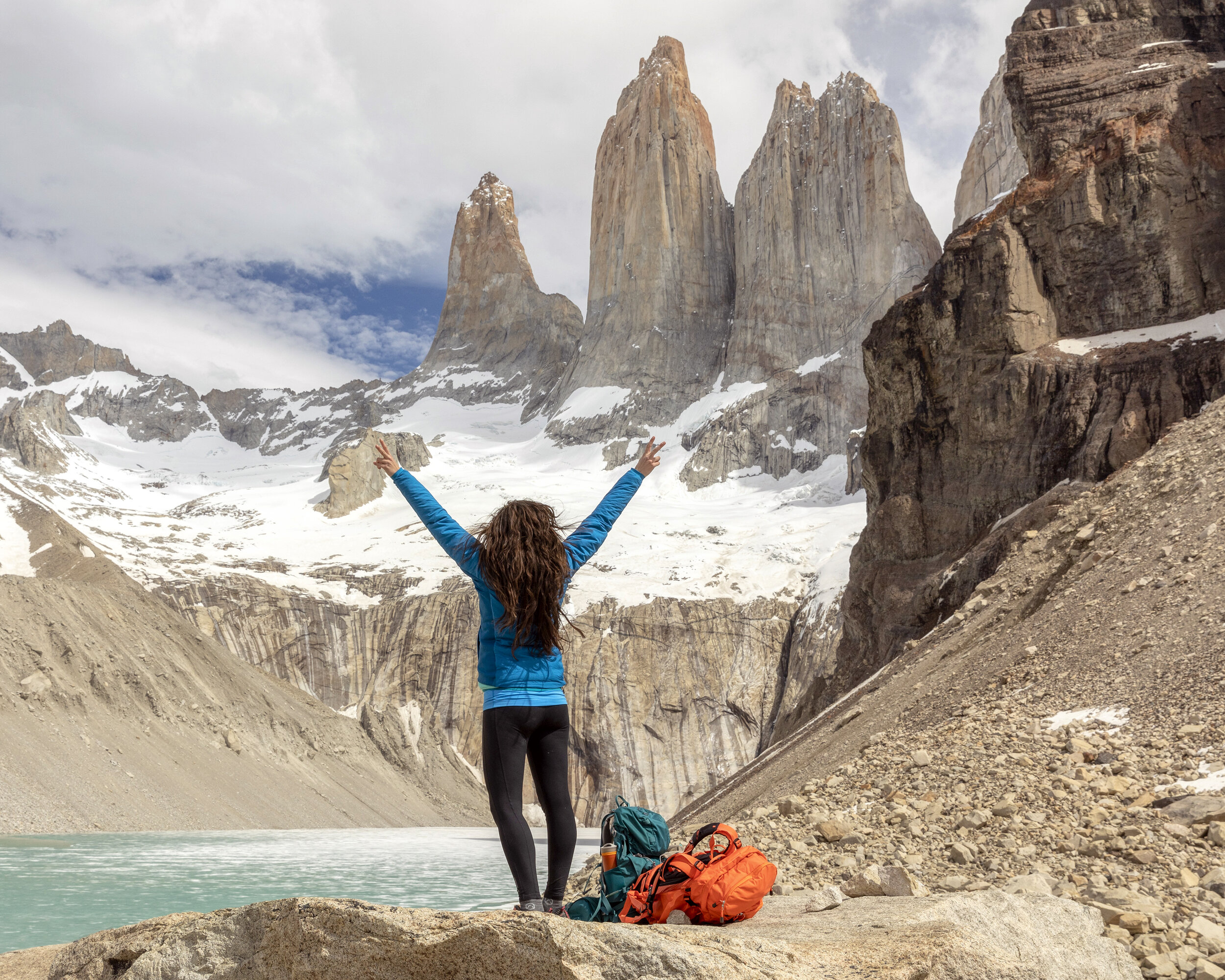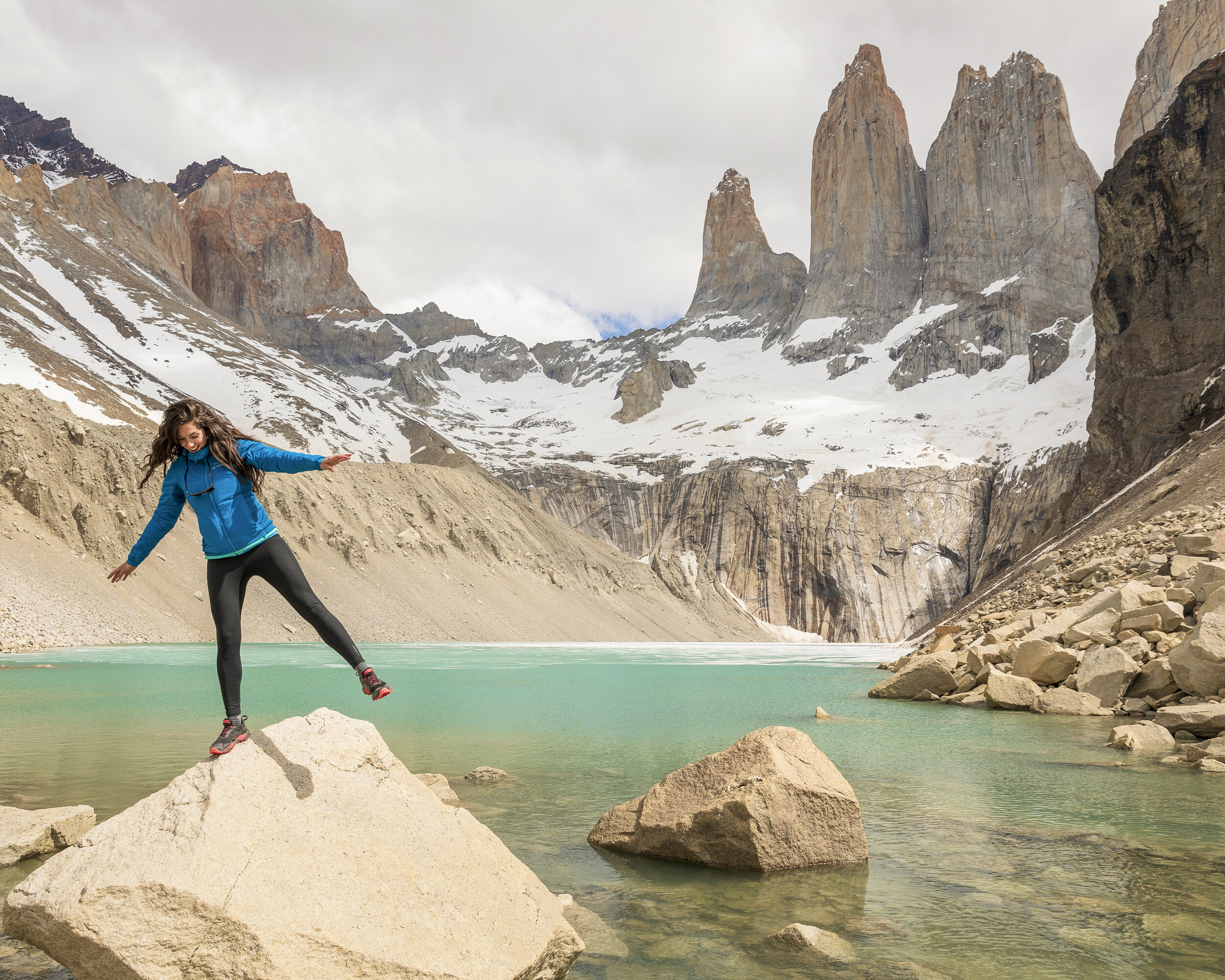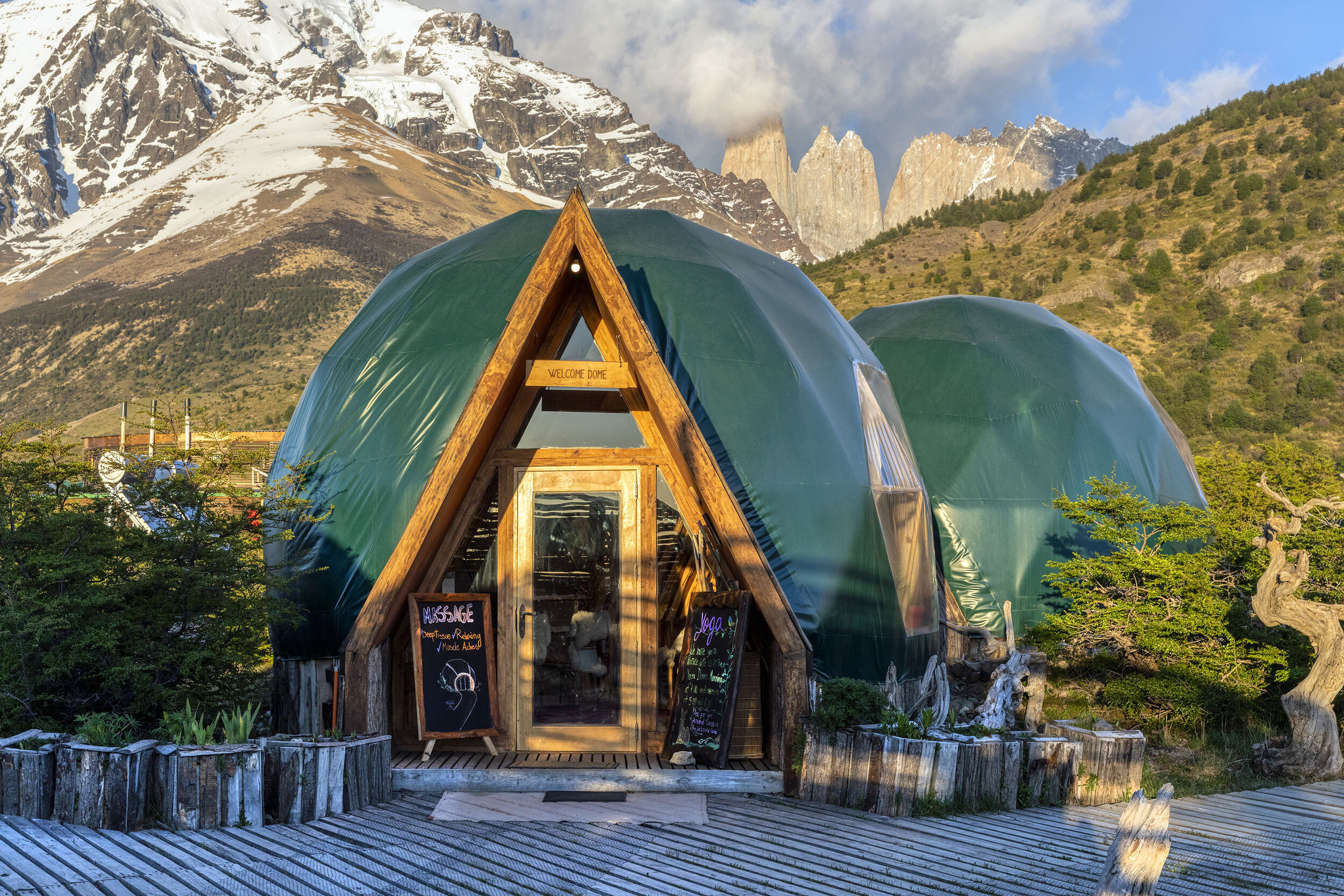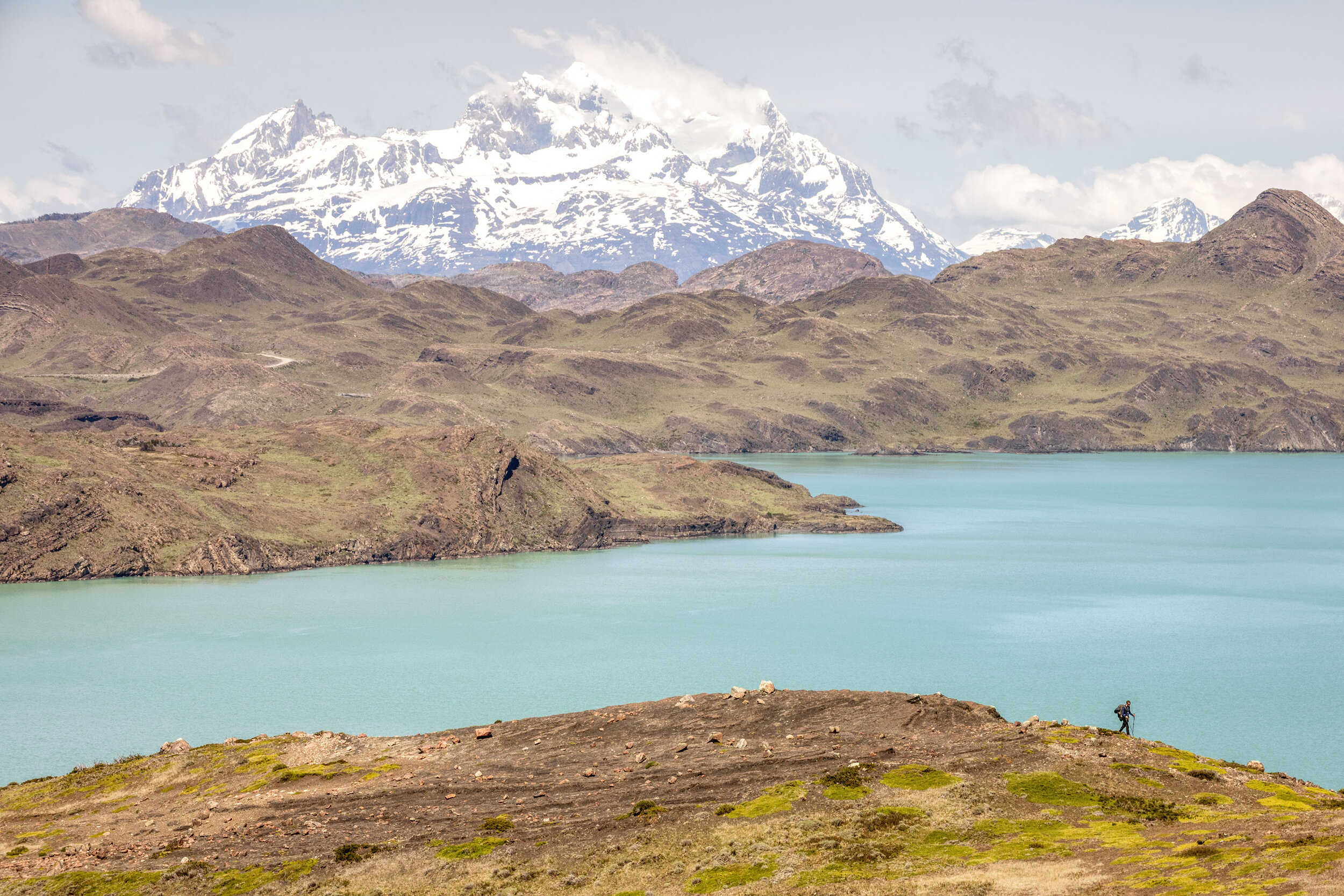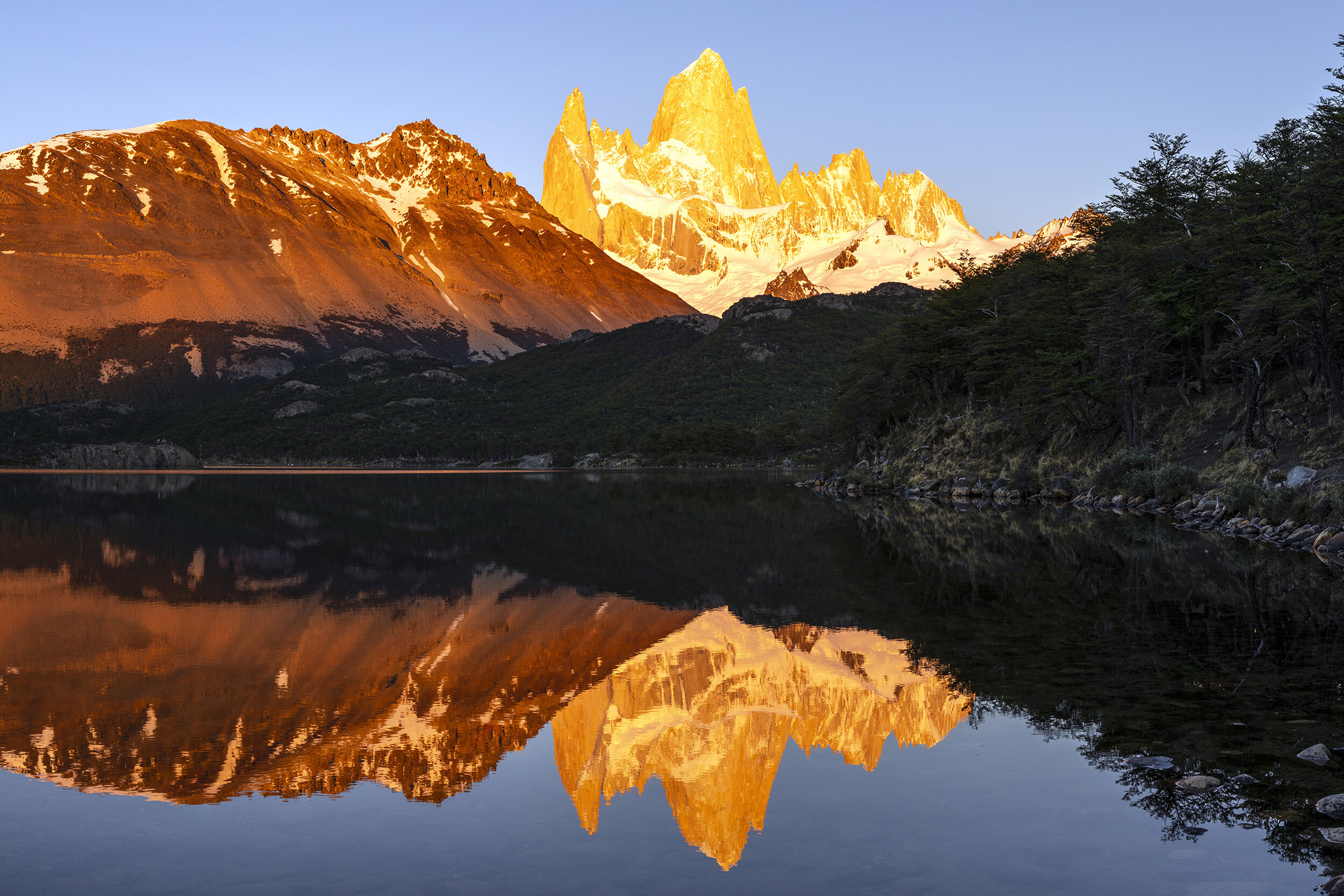9 Days in Patagonia
—————————————————————————-
Instagram: @coltonstiffler
Website: www.coltonstifflerphotography.com
Trip organization and motivation by Jackie Nourse.
Instagram: @travelingjackie
Website: https://travelingjackie.com/
—————————————————————————-
What is it exactly that comes to mind when you think of Patagonia? For me, I always think of those iconic photographs of the tower of Torres del Paine in Chile, or the Fitz Roy Massif in Argentina. But beyond that, I really had no idea of exactly how much more there was to that place. That is, until I had a chance to immerse myself in the remote landscape and experience the magic of Southern Patagonia first hand.
My friend Jackie Nourse (https://travelingjackie.com/) presented me with an opportunity to photograph a group of travelers on a three week journey that would take us over 140 miles on foot, covering the W Circuit of Torres del Paine National Park in Chile, as well as to Perito Moreno Glacier, Fitz Roy, and Cerro Torre in Argentina.
Jackie Nourse, a.k.a. Traveling Jackie (@travelingjackie). Chief motivator and world travel guru. In her happy place at La Chocolatería in El Chaltén, Argentina.
This is my attempt to summarize that trip. Enjoy!
Day 1: Torres del Paine National Park
After 30 hours of air travel from Bozeman, MT, an overnight stay in Punta Arenas, and a 5-hour drive through endless rolling hills of the Patagonian countryside, our first destination finally came into view as we arrived at the entrance of Torres del Paine National Park.
Our first views of the towers, near the entrance of Torres del Paine National Park.
There are few national parks that offer such vast wilderness and captivating magic as Torres del Paine. The park covers nearly 1,000 square miles, and the views of rugged, seemingly inaccessible landscapes and turquoise lakes are epic in scale. The park is known for its three iconic towering spires of rock at its center, the tallest of which rises to an elevation of 9,350 feet.
Once arriving at Torres del Paine National Park, we headed to our lodging accommodations at EcoCamp Patagonia (http://www.ecocamp.travel/en) where we stayed for two nights in unique geodesic domes. These 100% sustainable domes are inspired by the ancient dwellings used by the native people in this region, and while there is power available to charge your electronic devices, there is no cell service or wifi, which also mean there is nothing to distract you from taking in the beautiful surrounding views.
(Left) The Welcome Dome at EcoCamp, nestled in front of a picture perfect view of the towers in the background. (Right) One of the many geodesic domes available for lodging at EcoCamp, under the unbelievably clear night skies of the southern hemisphere.
Day 2: Mirador Las Torres
From here, we embarked on a 9-hour, ~15 mile round-trip day hike that led us over variable terrain, eventually reaching Mirador Las Torres located at the base of the towers. This point undoubtedly has the best unobstructed views of the towers in the entire park and is well worth the effort to get here.
(Left) En route to the base of the towers. (Right) Local gauchos (Chilean cowboys) bringing supplies to Refugio Chileno.
Nothing makes Jackie happier than being out on the trails.
Jackie, taking in the views at Mirador Las Torres.
After our lunch break near the base of the towers, we began our 4-hour trek back to EcoCamp. Once there, we took in some much needed rest, enjoyed the local cuisine, and prepared for our next day’s adventure, which would kick off the start of the four day hike known as the famous W Circuit.
Day 3: Los Cuernos
We had a casual morning before beginning the first leg of the W Circuit from EcoCamp to Refugio Los Cuernos, a rolling 7-mile hike that would lead us around the base of the impressive granite peaks known as Los Cuernos (The Horns), walking along the beautiful turquoise waters of Lago Nordenskjöld.
The turquoise waters of Lago Nordenskjöld.
Along this trail, I often found myself feeling overwhelmed by the raw. natural beauty and splendor of this area, nearly unable to comprehend the size and scale of the landscape. Large Andean condors with wingspans up to 10 feet wide were frequently seen off in the distances, flying effortlessly in the thermal updrafts created by the massive cliff walls, undoubtedly searching for the remains of guanacos and other mammal carcasses to feed on.
A large condor glides effortlessly above the massive cliff walls near the base of Los Cuernos.
On the W, there are impressive views in every direction along the way.
After what turned into a fairly long day on the trail, we finally arrived at the picture perfect destination of Los Cuernos, a series of quaint, well kept cabins overlooking Lago Nordenskjöld, tucked up in the mountains against the base of the towering Cuernos. Our group was exhausted from the day, and a hot meal accompanied with multiple cervezas and pisco sours was exactly what we needed. After dinner, we tucked ourselves into our cozy cabins for the night and prepared for the next day’s adventure.
Guest cabins at Refugio Los Cuernos. Can it get any more perfect? With views like this, I would be more than happy to stay forever.
Day 4: French Valley
After a good night’s sleep, we rose early, ate breakfast and headed out on the trail, knowing that we had a long day ahead of us to make it to our next destination at Refugio Paine Grande. For the fourth day in a row, we were pleased to see that the weather was calm and clear, as it had been for the duration of our trip. This is contrary to the extremely volatile weather that we expected to encounter during the hike, but none of us were complaining. We continued down the trail, following the shoreline of Lago Nordenskjöld, eventually reaching a junction in the trail that led up to the French Valley. From this point, it was a 4-hour out-and-back and we soon found out that the hike up, although immensely beautiful, was punishing. With each step, I fought through the pain as we ascended through steep, rocky moraines, passing by massive hanging glaciers, before finally reaching the heart of French Valley.
Bill (@williamesloan) feeling small in a massive landscape, headed up towards French Valley.
“Spectacular” is an understatement. Looking into the heart of French Valley.
Our group, smack dab in the middle of French Valley. Was it a difficult hike? Yes. But the stoke was high and the smiles were wide.
After descending back down from French Valley, we continued on towards Refugio Paine Grande on the shores of Lago Pehoe. The trail was not technical, but after the previous 9 miles of difficult hiking, it seemed to go on forever. By the time we finally made it to the refugio and sat down for dinner, we had logged nearly 15 miles for the day, and the feet and legs were tired.
Los Cuernos and Lago Nordenskjöld. Looking back at how far we’ve come and still many miles to go.
Patrick (@runwithpatrick) basking in the golden hour light, en route to Refugio Paine Grande near the shores of Lago Pehoe.
Day 5 & 6: Lago Grey and Grey Glacier
I woke early and headed down to the shores of Lago Pehoe to write in my journal and breathe in the fresh air. With a glance over my shoulder, I spotted the half-moon setting behind Cerro Paine Grande. The quality of the light hitting the jagged cliff faces of this mountain was hypnotizing and jaw-dropping.
Early morning light on Cerro Paine Grande.
By this day, there was no doubt that a majority of the group, myself included, were starting to feel the extent of our travels. With blistered feet and sore knees, we pressed onwards toward Lago Grey and Grey Glacier, which is the largest glacier in Torres del Paine National Park. We walked at an extremely leisurely pace today, taking nearly 6 hours to cover 7 miles of rocky terrain, following the eastern shoreline of Lago Grey, occasionally stopping at elevated vistas to enjoy the bird’s eye views of the surrounding area.
Jackie in her natural habitat above Lago Grey, with the massive Grey Glacier in the background.
At Refugio Grey, we unloaded our gear and immediately headed down to the shore, where we met up with our guides from Bigfoot Patagonia Adventures (Link) for a kayak trip through frozen waters to the edge of this impressive glacier. After changing into dry suits and receiving a quick safety briefing from our guides, we set off.
Our guide for the excursion, briefing the team on how to stay safe out in icy the water.
Slowly drifting towards Grey Glacier.
Sunshine and smiles. Jackie enjoying the calm weather before we were broadsided with gale force winds and white-capped waves.
Kayaking out to Grey Glacier was a stark reminder of just how fast the weather can change from calm to chaotic in Patagonia. After an hour paddle towards the glacier with perfect weather, we were suddenly broadsided with gale force winds and a relentless attack of waves forcing us to retreat back to safety. Needless to say, there was a great sigh of relief once our feet were planted firmly back on the ground. We changed back into our clothes and headed to Refugio Grey for dinner, drinks, and another early bedtime.
The next morning, we opted to take a boat ride around Grey Glacier, as opposed to hiking back on the trail that we had covered the previous day. This gave us a fresh perspective of the glacier, and dropped us off directly at the shuttle for our transfer across the border from Chile into Argentina. A much needed rest day for the legs was a huge win in my eyes, plus the boat had delicious pisco sours served with ice cubes sourced directly from floating ice in the lake.
Our sweet ride for the day…
Up close and personal with Grey Glacier.
After a two-hour tour of the glacier, we headed towards our shuttle location, loaded up in our van and began the long ride across the border towards El Calafate, Argentina.
Day 7: Perito Moreno Glacier in Los Glaciares National Park
We woke early, grabbed a quick breakfast, and loaded on a shuttle bus that took us towards the boat launch at Lago Argentino for a day of ice trekking on Perito Moreno Glacier. After boarding the boat and crossing the lake, we were fitted with crampons and set foot on the ice, where we navigated through the labyrinth of crevasses and seracs.
A difference of perspectives looking at Perito Moreno Glacier.
My head spins when I try to think about the size of Perito Moreno Glacier in the Southern Patagonian Ice Field. One of the most mind-blowing facts that I learned during my visit here, was that the entire footprint of the city of Buenos Aires (the fourth-most populous city in the Americas and home to nearly 14 million people) could fit within the space that is occupied by this glacier, with nearly 20 square miles to spare! Another interesting fact was that unlike a majority of the glaciers remaining on this planet which are receding, Perito Moreno is considered stable (neither receding nor advancing). One can only hope that it remains this way.
A sectional portrait of the Perito Moreno Glacier, with a random group of people thrown in for size.
(Top) Me. (Bottom) Jackie. There is something humbling about being Immersed in a landscape like this, created entirely by slow moving ice.
After our ice trek, we ate our box lunch and relaxed in the sunshine, waiting for our boat to arrive to take us back to the bus. Once there, we headed back to El Calafate, transferred to our van, and hit the road towards the small mountain village of El Chaltén, located at the base of the Fitz Roy and Cerro Torre.
Day 8: Fitz Roy
I set my alarm for 3:45 a.m. and hit the trail by myself in the dark, with the hopes that I could catch the first rays of daylight illuminating the face of Fitz Roy. After a 1.5 hour hike, I finally reached Laguna Capri, in perfect time to catch the rising sun. The day was perfectly clear, and there was not a whisper of wind in the air, creating a near-perfect reflection of Fitz Roy in the motionless water. I snapped a few photos and then sat on a rock, completely speechless and in awe of the view in front of me.
A red flash sunrise and perfect reflection of Fitz Roy at Laguna Capri.
Fitz Roy looks like something straight out of a dream; a place designed entirely by someone’s wild imagination. I don’t know how many times along this trail I stopped in awe of this impressive mountain, my jaw to the ground and my head shaking in overwhelming disbelief. I frequently found myself asking if and how what I was seeing could possibly even be real. There were even times that I wondered if what I was seeing WAS just a dream, but a quick pinch on my arm served as a reminder that this was, in fact, very real.
I continued up the trail towards the Laguna de los Tres, the lake at the base of Fitz Roy. For a brief time, the trail follows the slow moving water of the Arroyo del Salto, which provides ample opportunities to take a break and enjoy the surrounding views.
Cascading waterfalls and slow moving water along the Arroyo del Salto.
The final ascent to Laguna de los Tres is challenging, to say the least. It is a steep ascent over loose scree that gains over 1,200 feet of elevation in less than 1 mile, and it is the final hurdle to overcome before reaching Laguna de Los Tres. Once there, these views of Mount Fitz Roy and Poincenot make the effort well worth it.
Mount Fitz Roy and Poincenot as seen from Laguna del los Tres.
Day 9: Cerro Torre
On our final day in El Chaltén, we decided to take advantage of the beautiful weather and head up the trail to Laguna Torre near the base of the famous Cerro Torre. This easy hike meanders through rolling hills and old growth forests before finally reaching Laguna Torre.
En route to Laguna Torre near the base of Cerro Torre.
Once we arrived at Laguna Torre, we were pleased (and surprised) to discover that we had the entire place to ourselves! For the next few hours, we amused ourselves by scrambling over the rocky hillsides, soaking in the warm sun, and snacking on empanadas and alfajores. The day was nothing short of pure perfection.
Jackie headed towards the perfect rock in Laguna Torre.
Afternoon delight, and not another person in sight.
Jackie, jumping for joy under Cerro Torre
There is nothing more perfect than a Cerro Torre reflection.
As the sun began to set, we slowly started making our way back to El Chaltén, stopping every 30 feet to look behind us at the beautiful place that we had just left. I couldn’t help but feel filled with an overwhelming amount of gratitude, both for this day, and for the entire trip that now seemed to have passed by in the blink of an eye. In addition, I was sad to think about leaving this amazing place, and to know that by tomorrow at the same time we would be well on our way back to the States, with visions of Patagonia fading farther into the rear view. But if there’s one thing that I know for sure, it’s that this place has changed me for the better and has become a part of who I am. Since being back home, the gravity of Patagonia continues to pull at me with an ever-growing intensity. Even though it feels like I just left, I know in my heart that I will be back to experience these landscapes once again.
